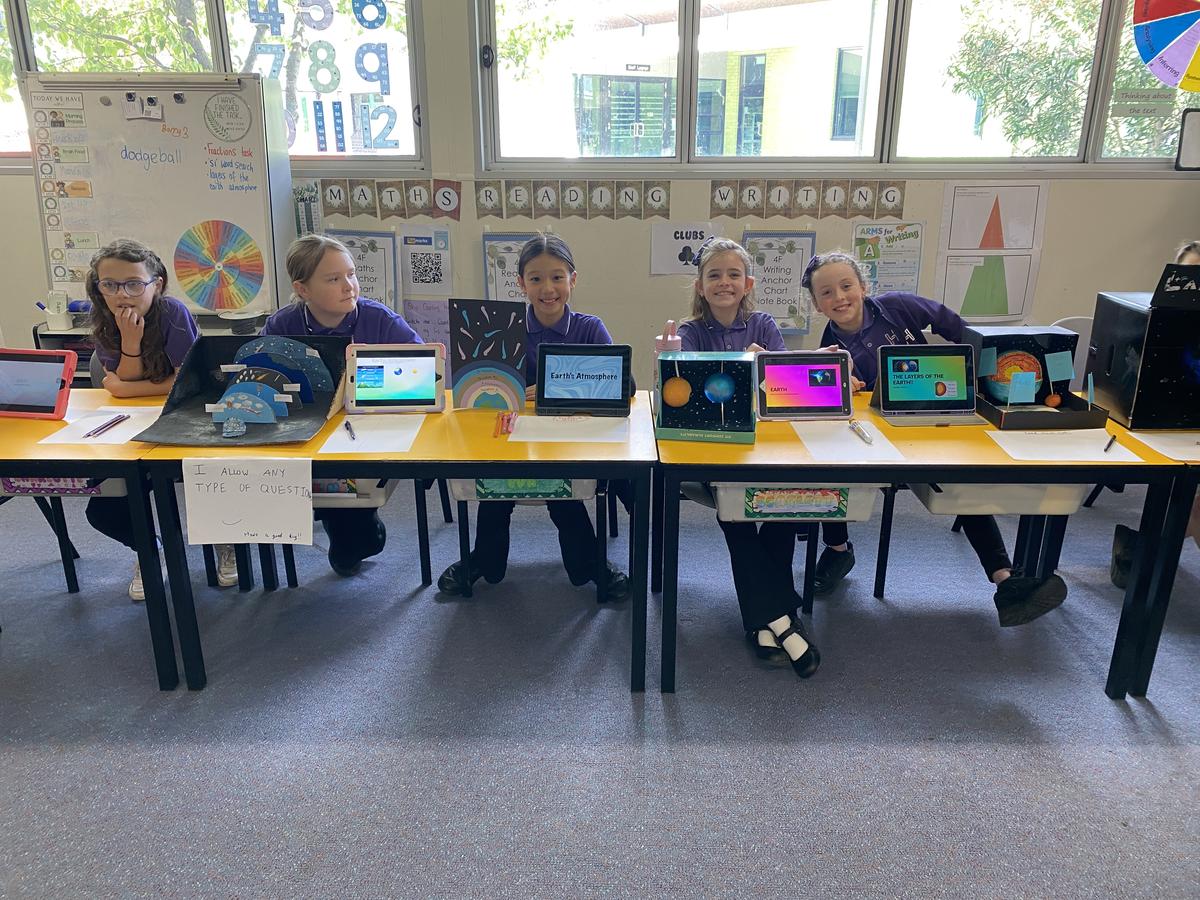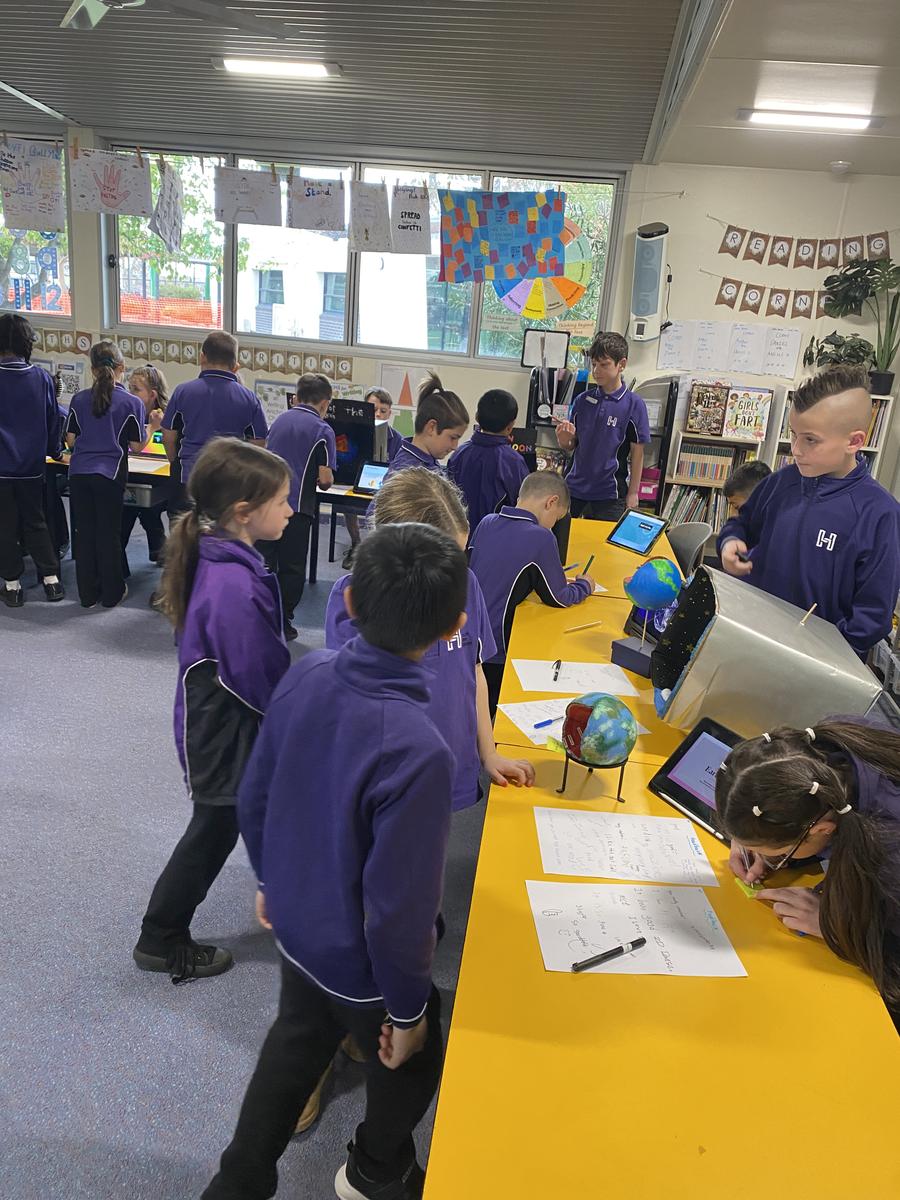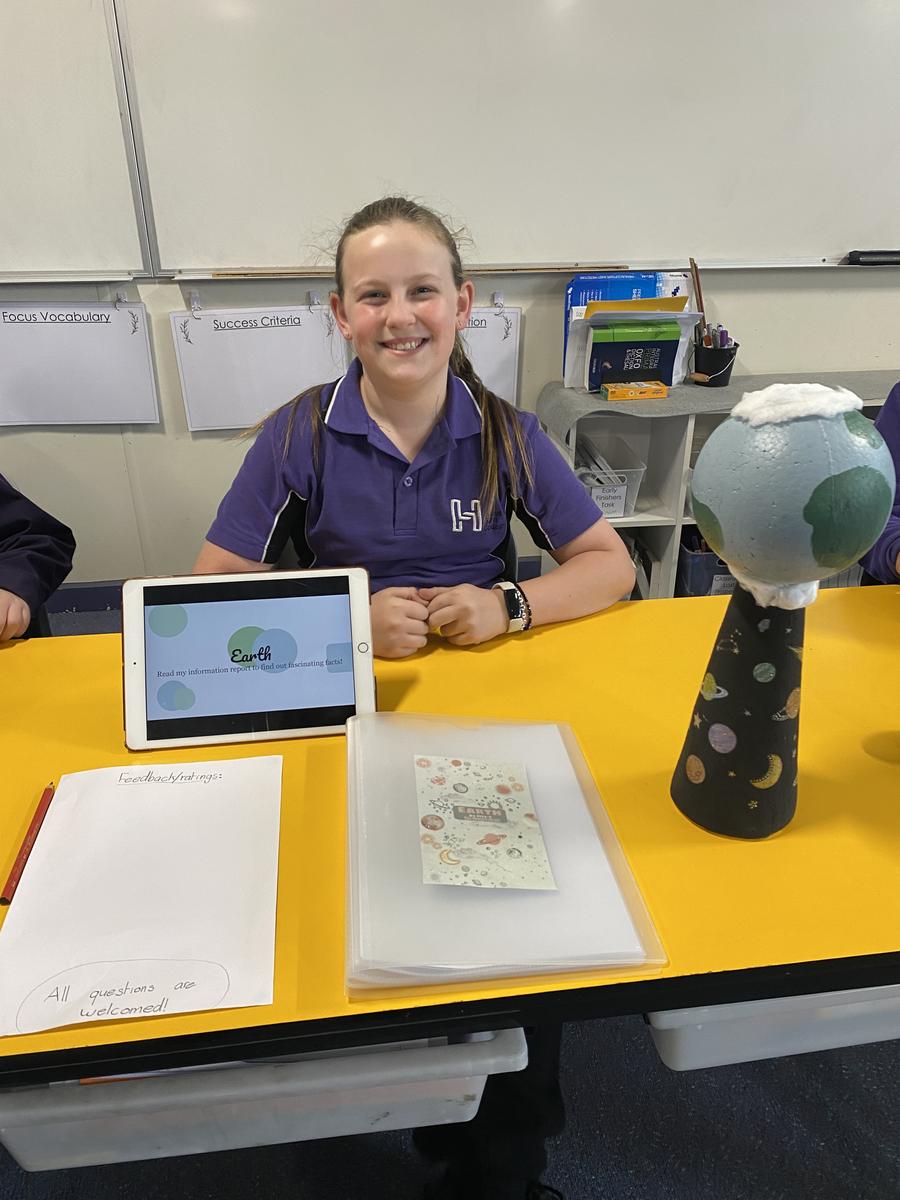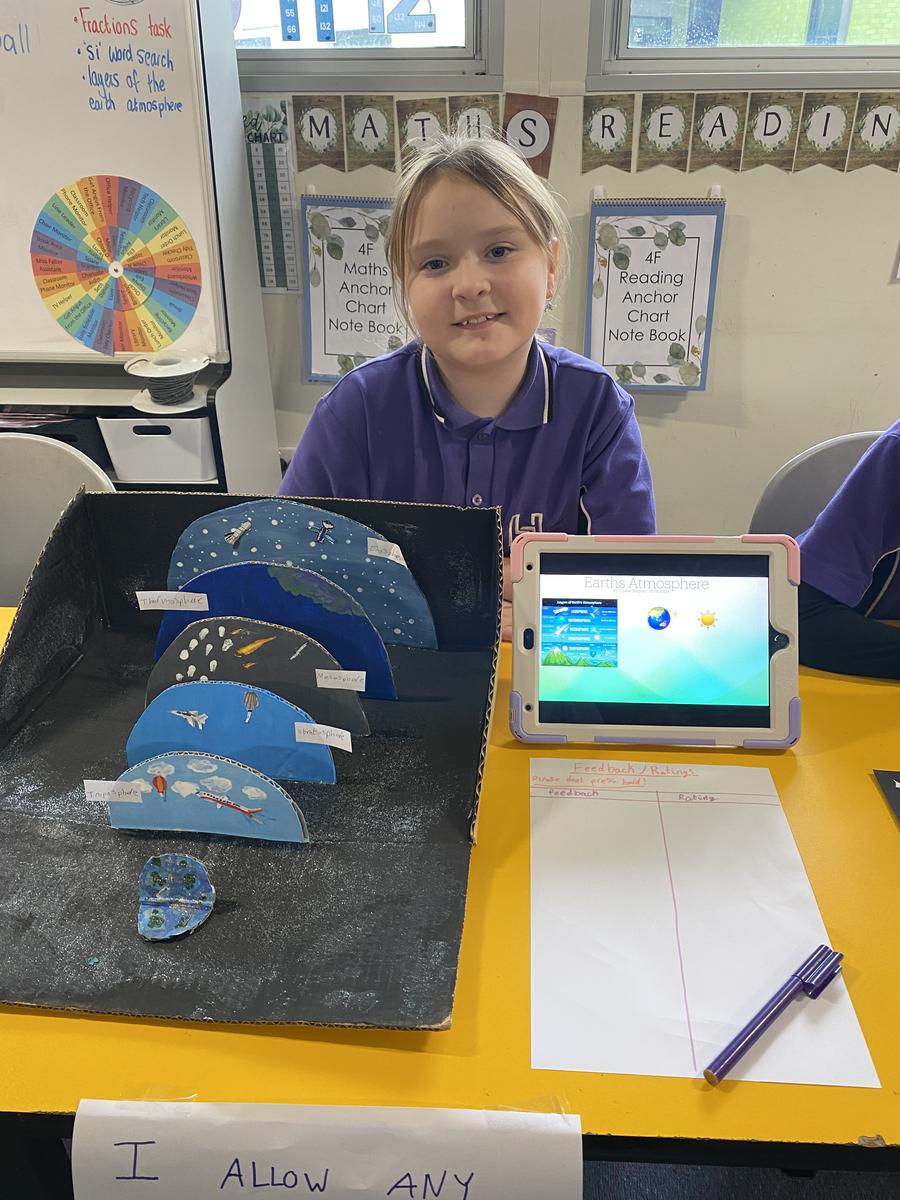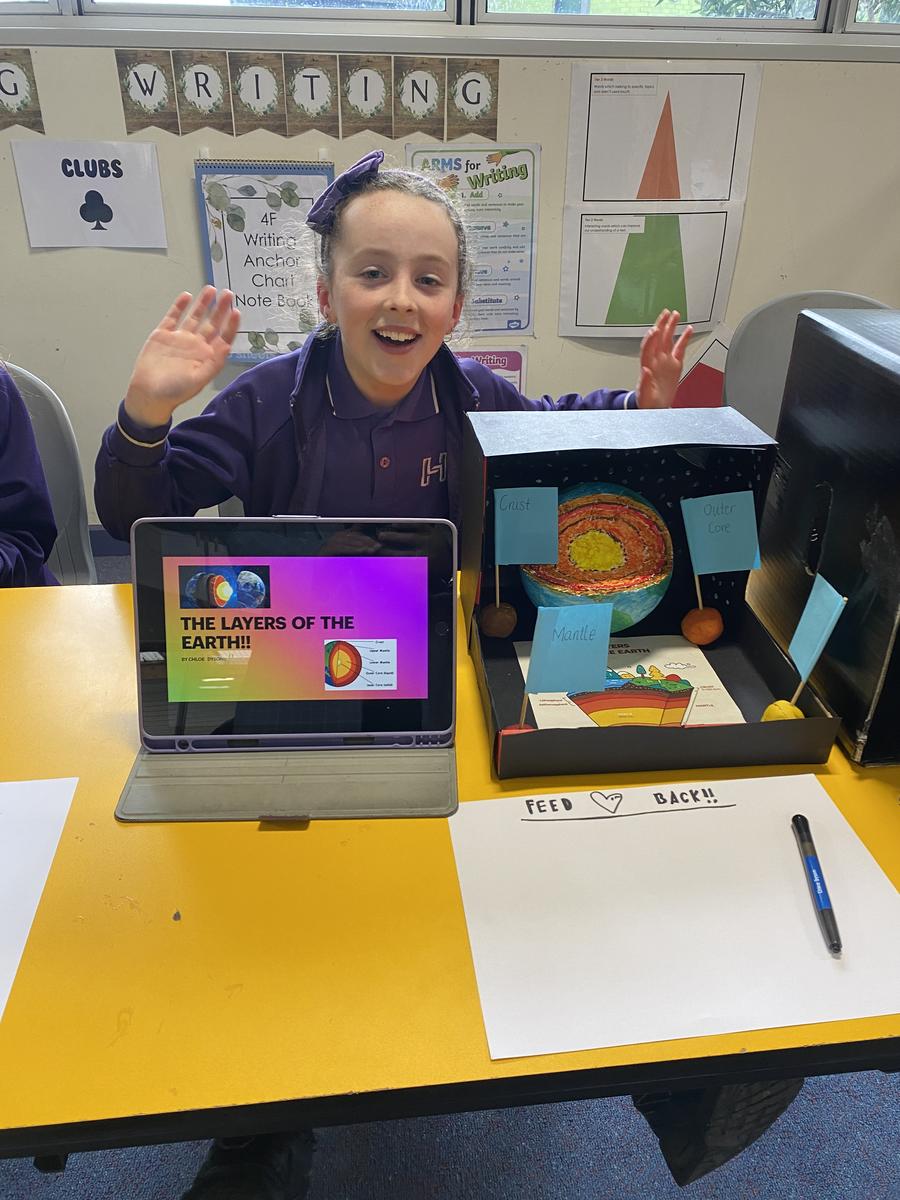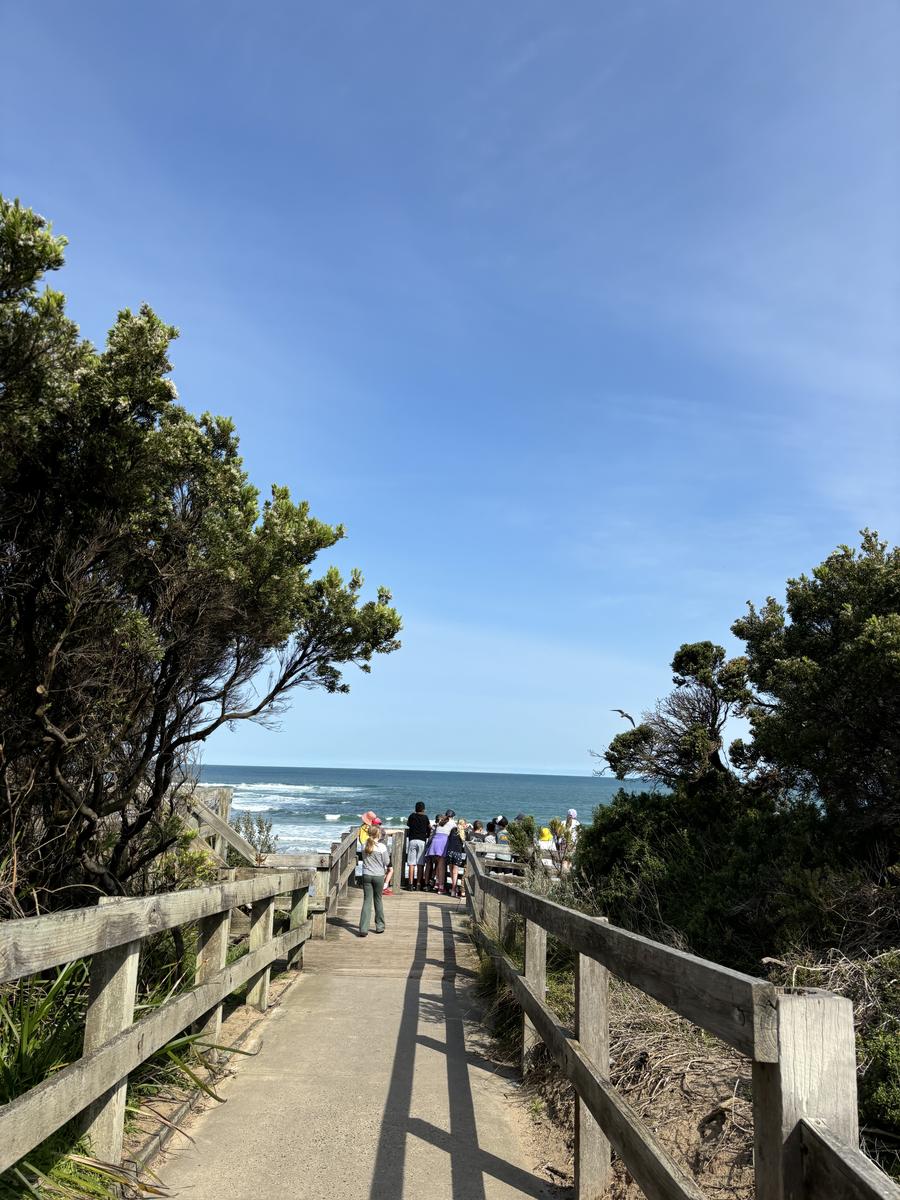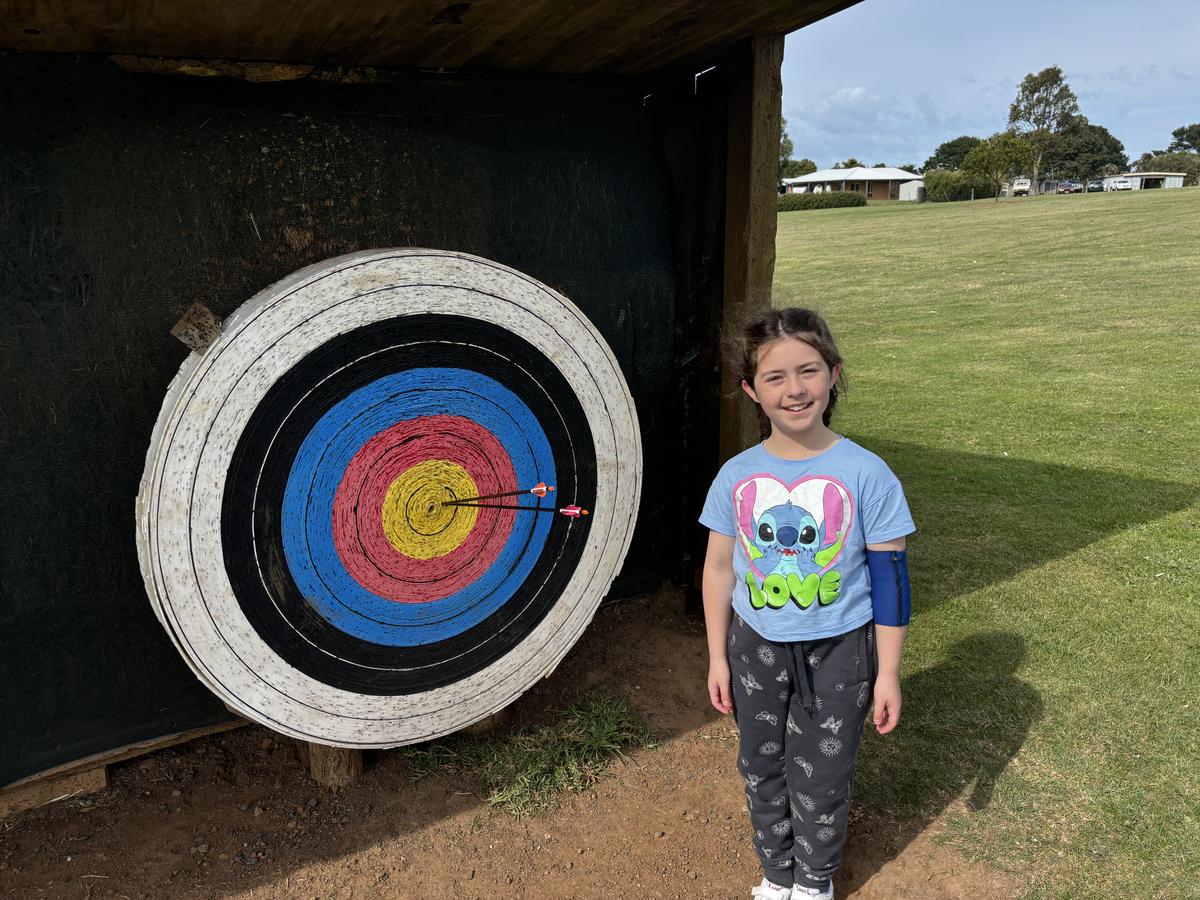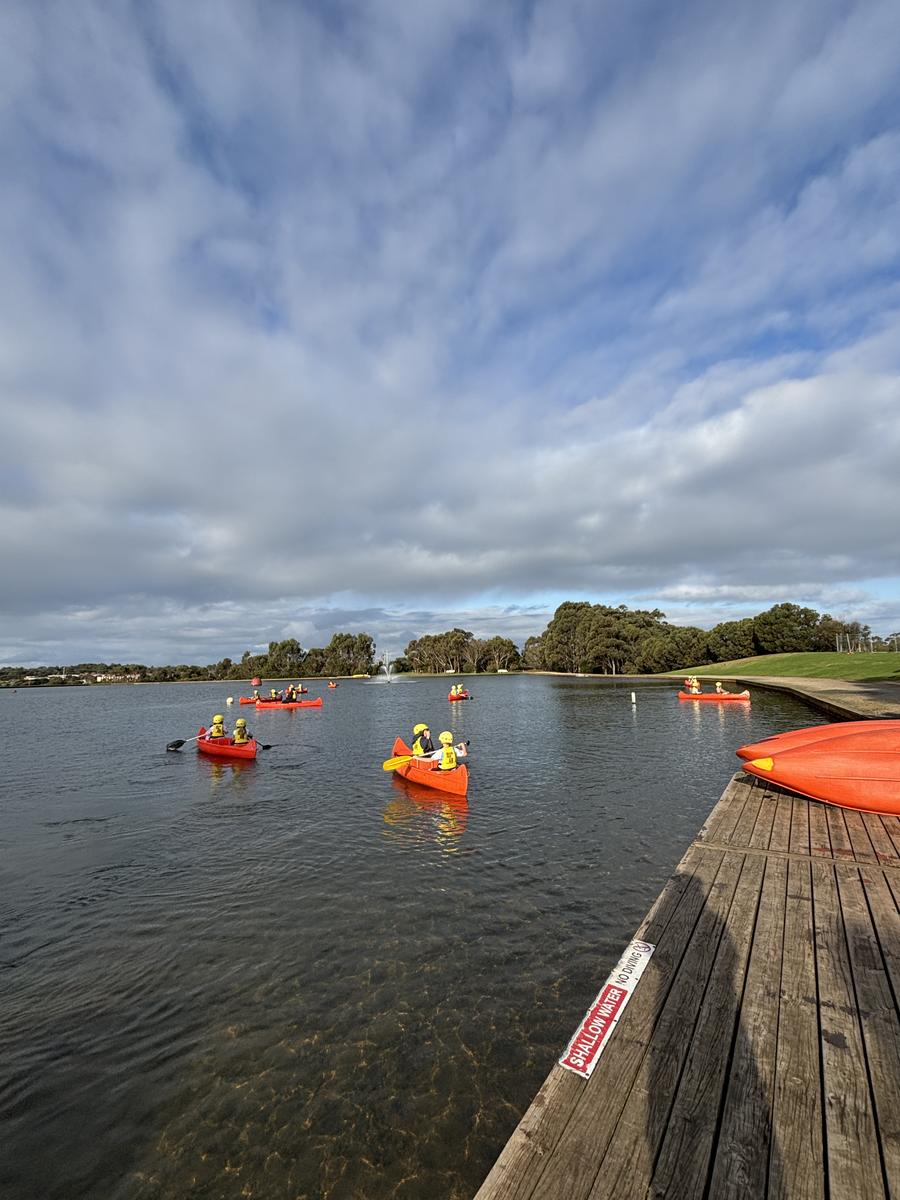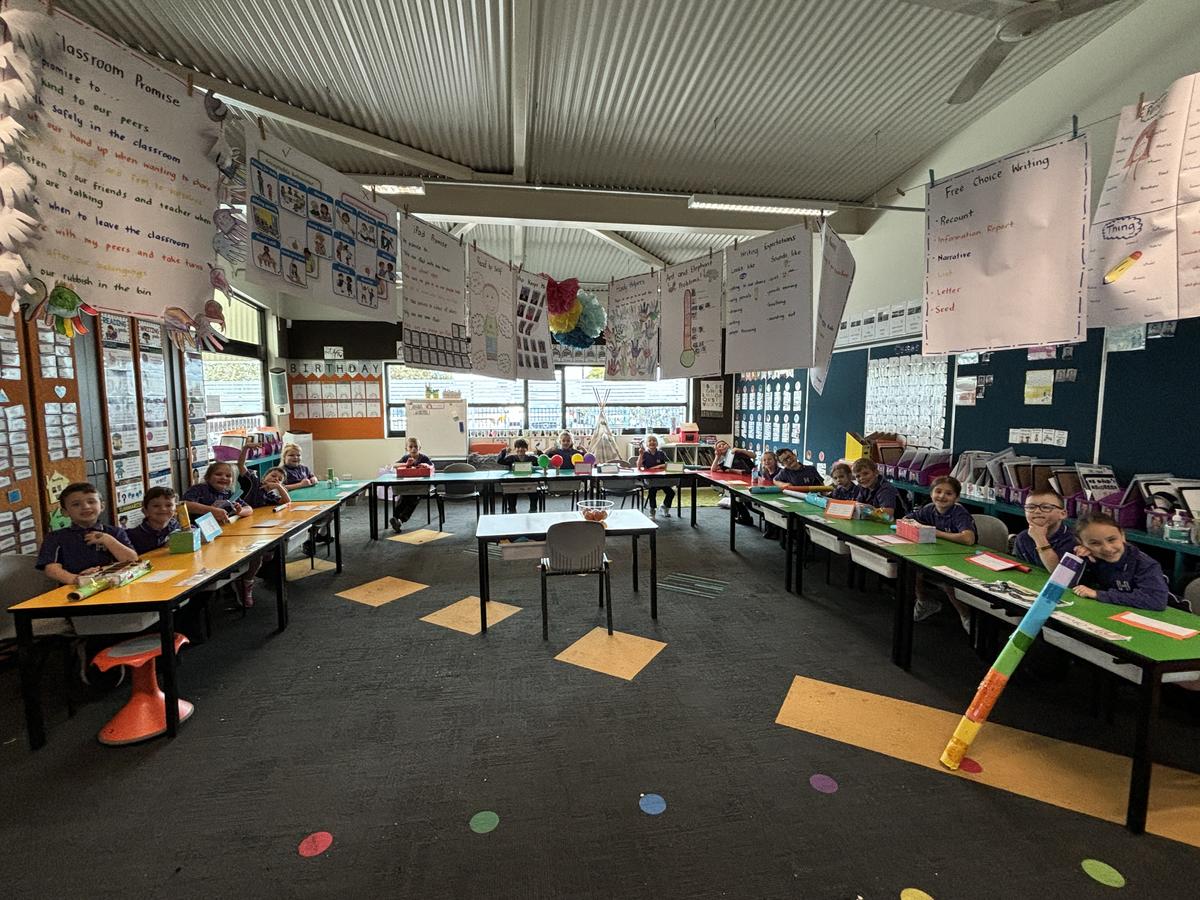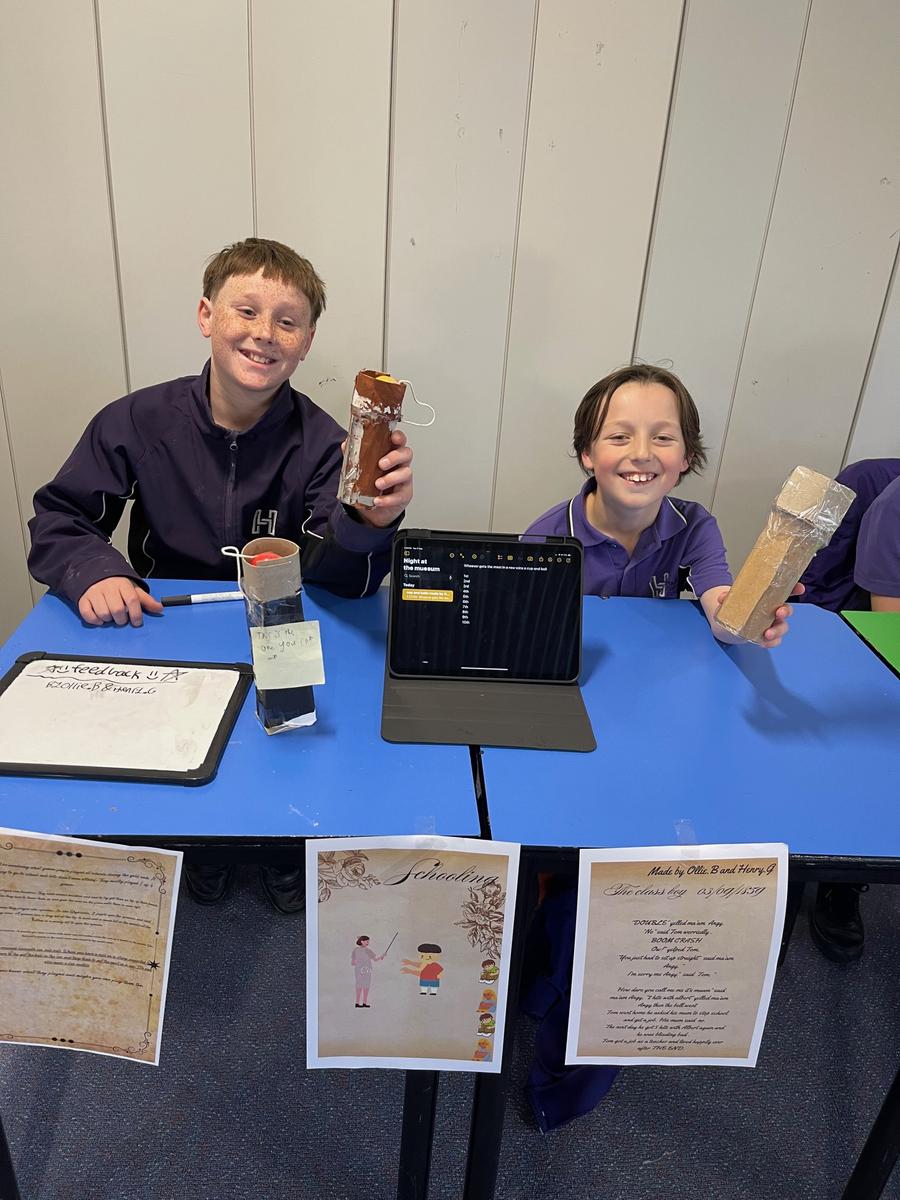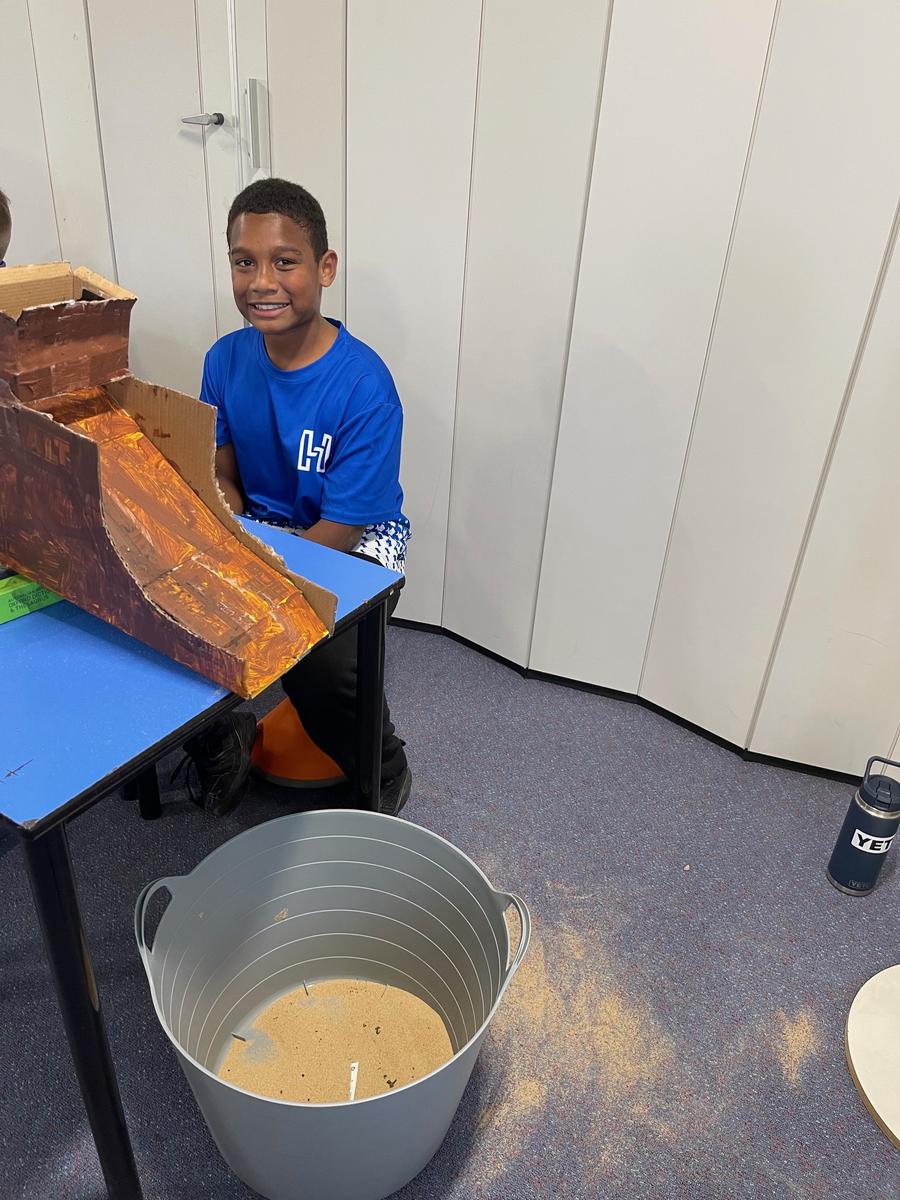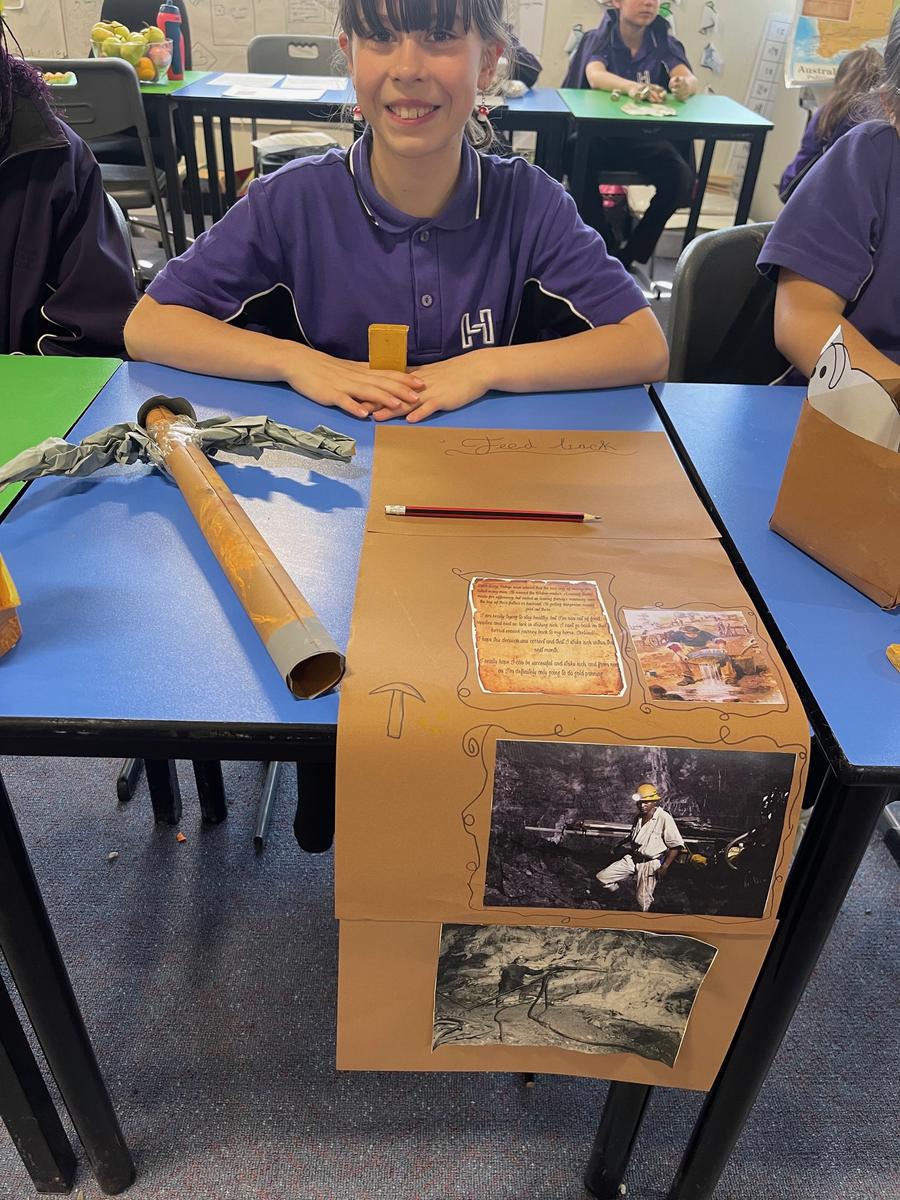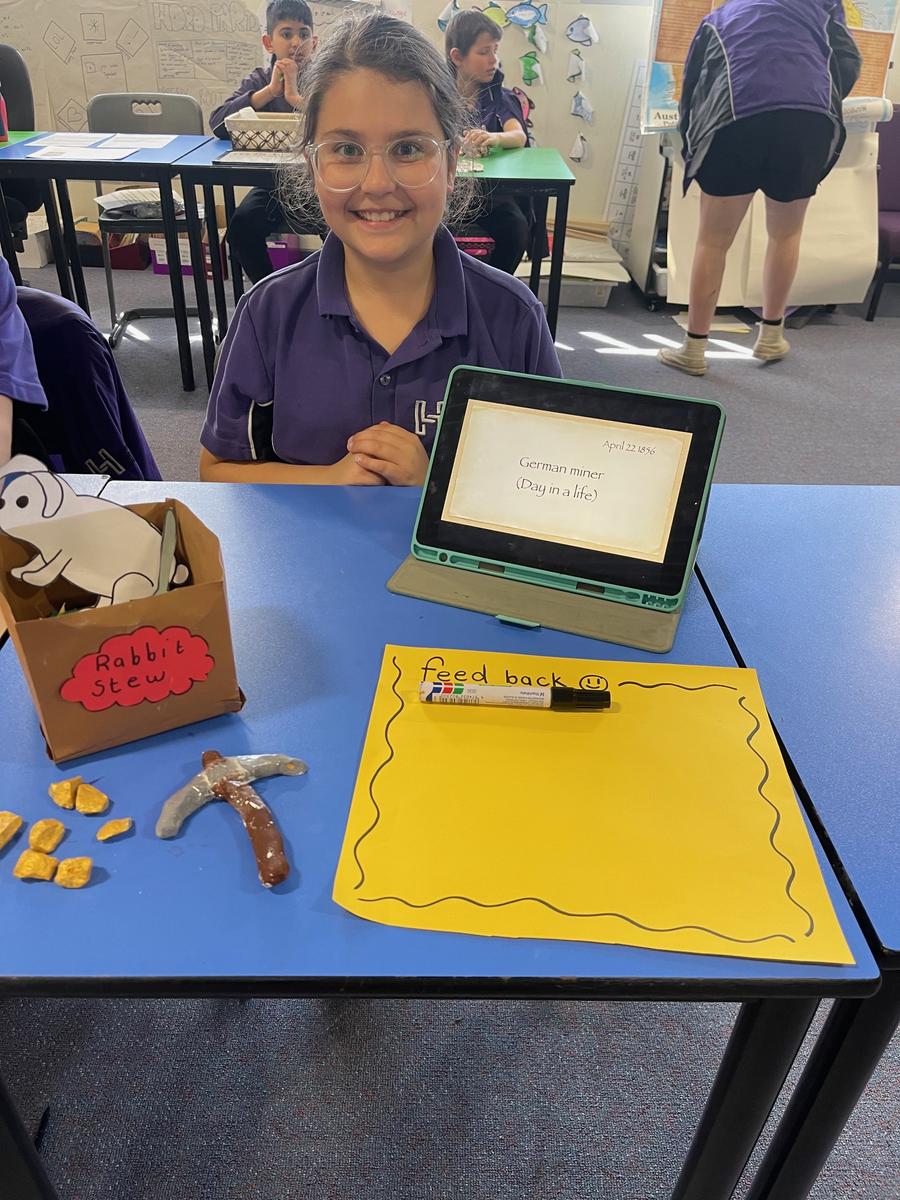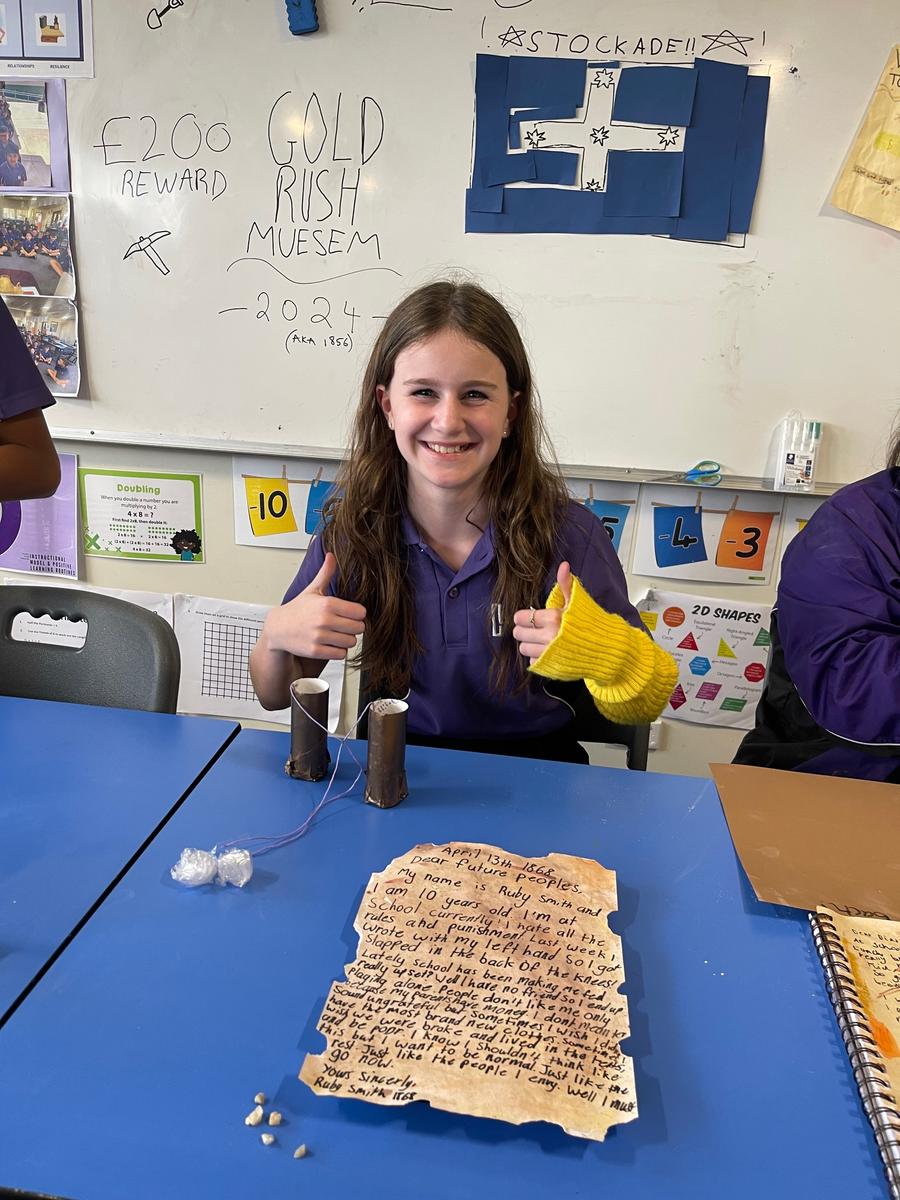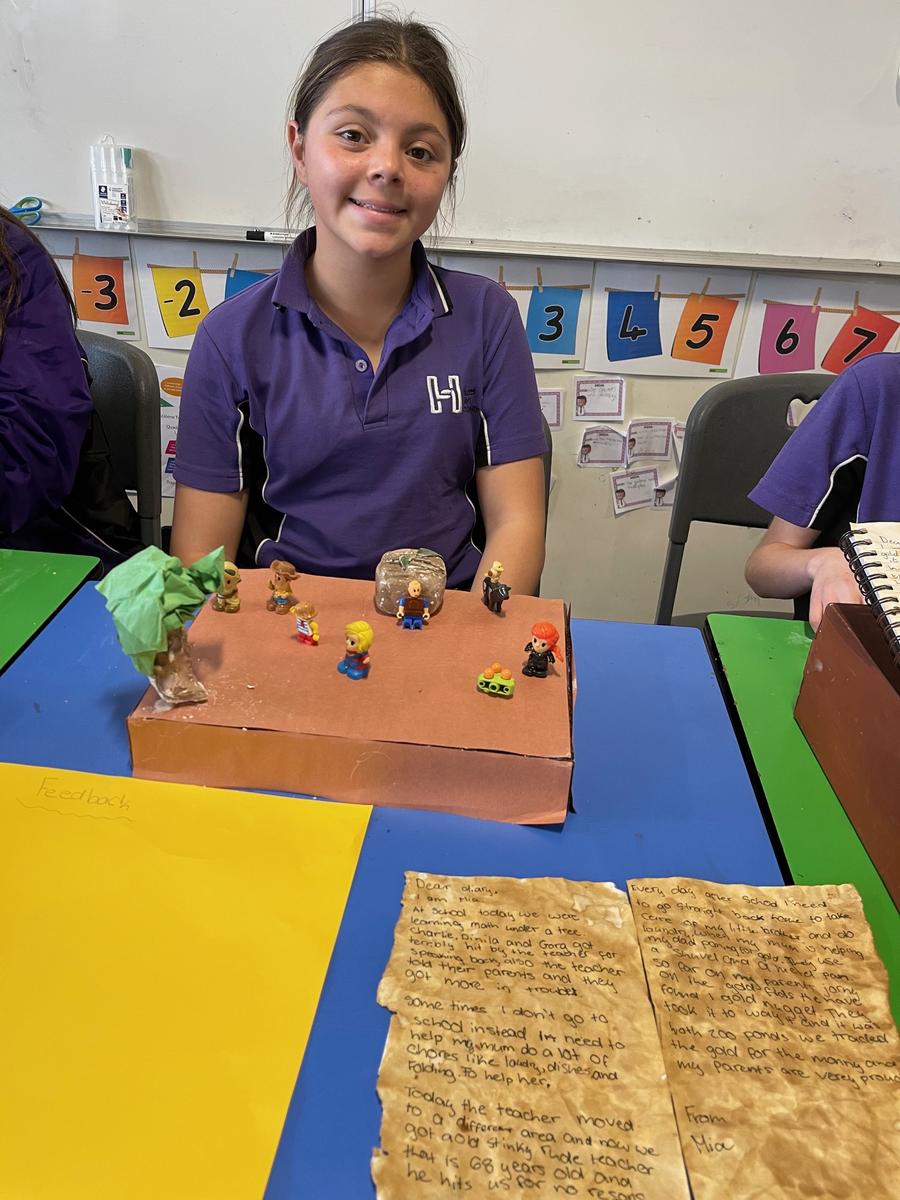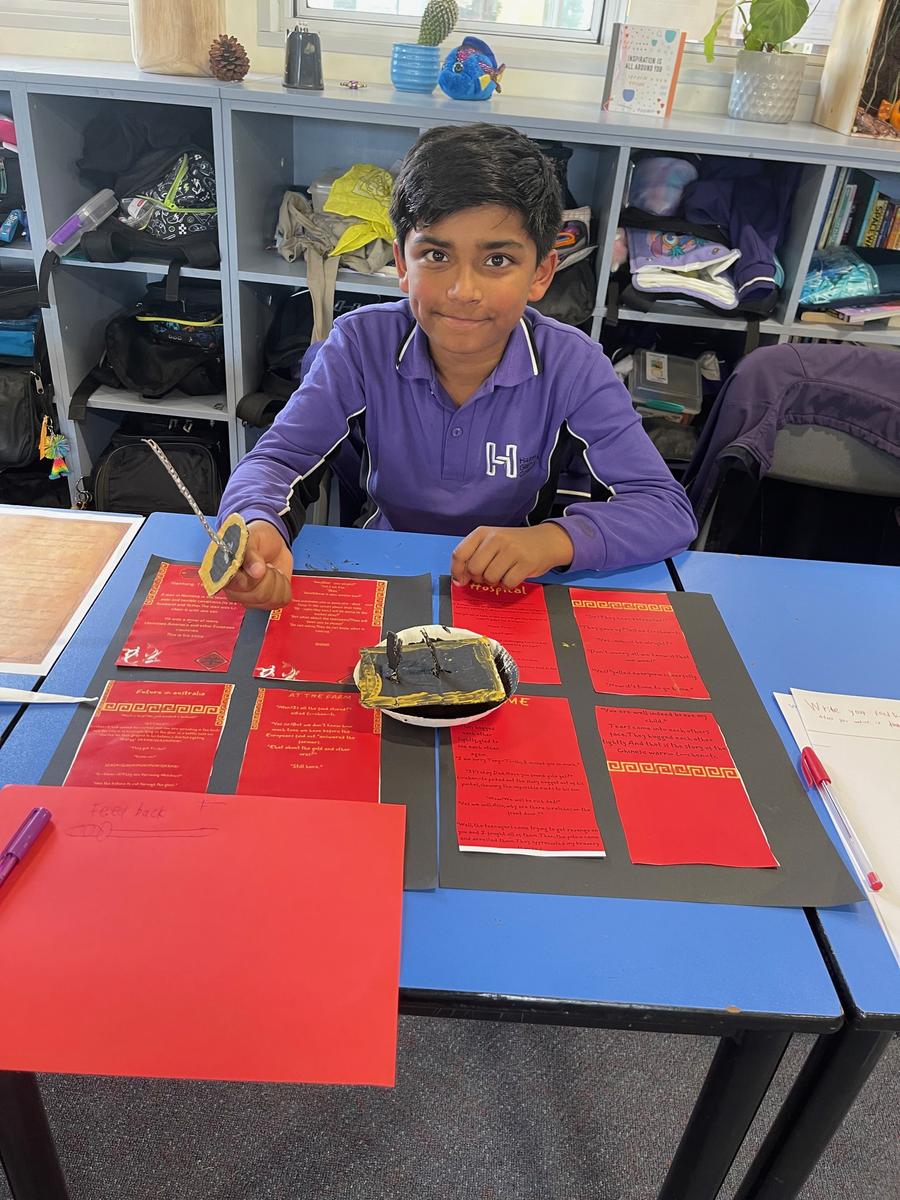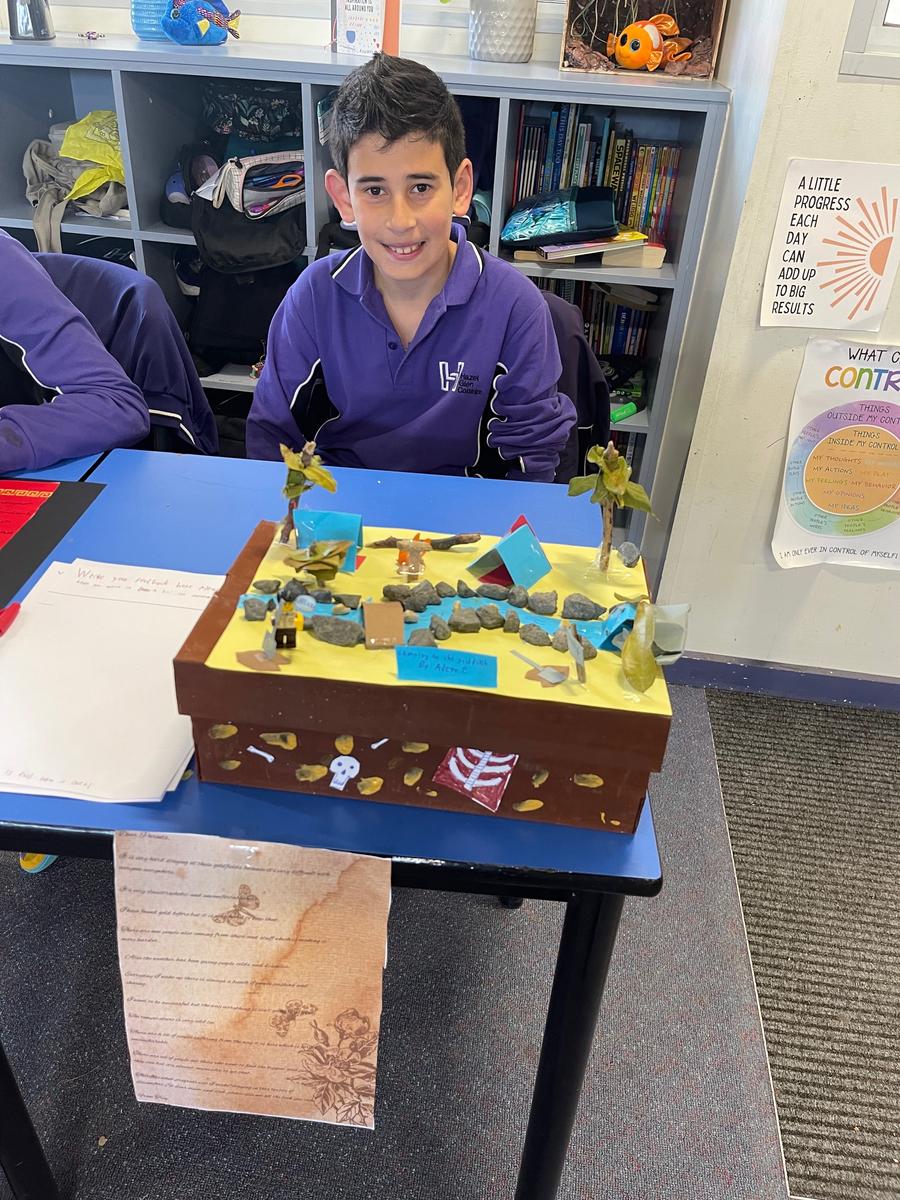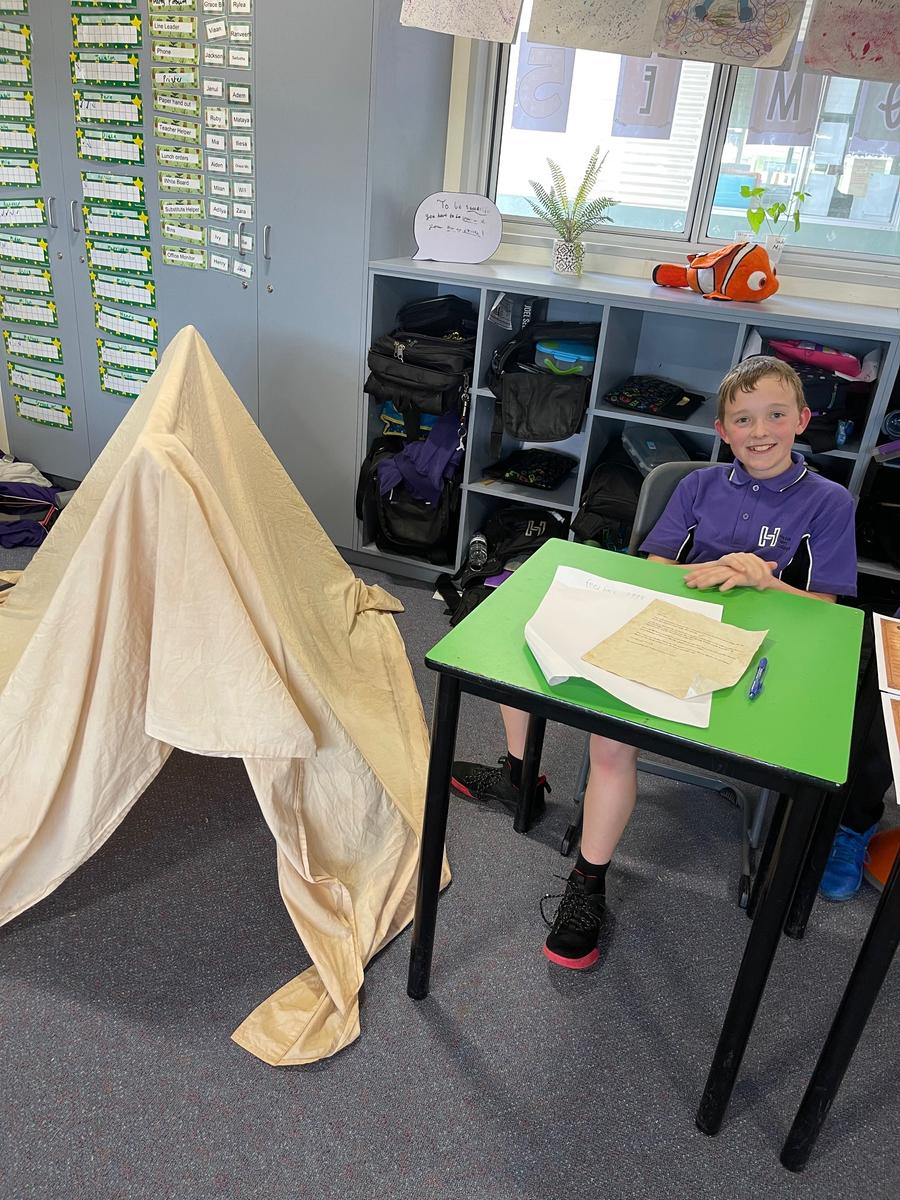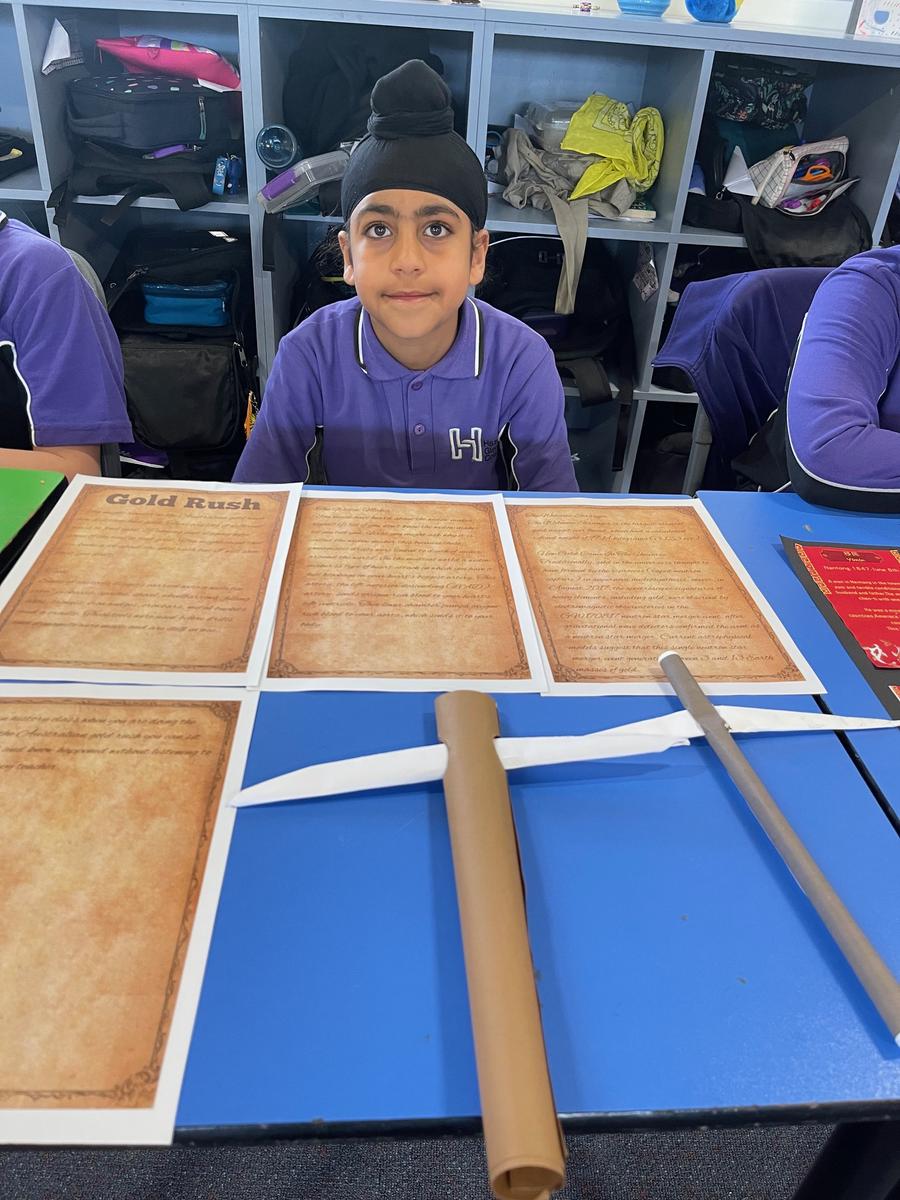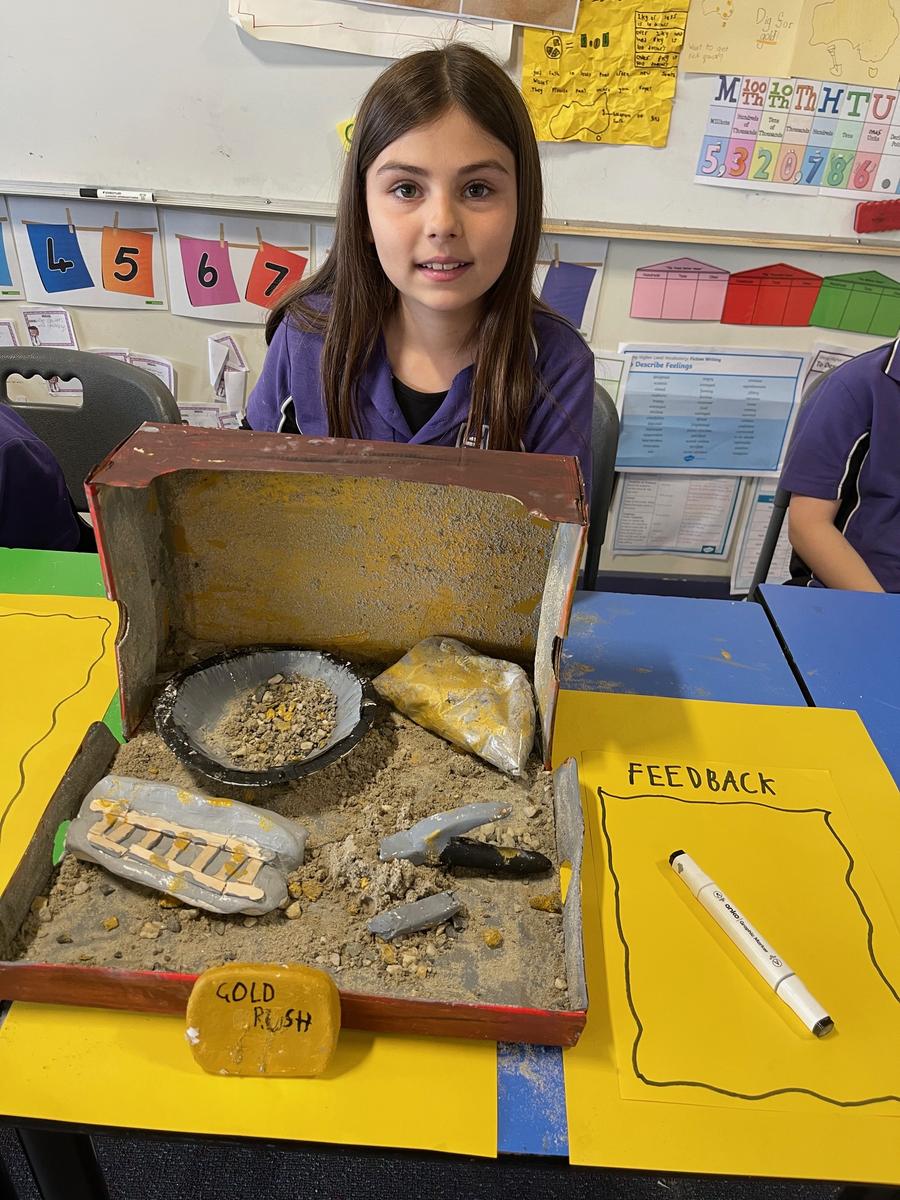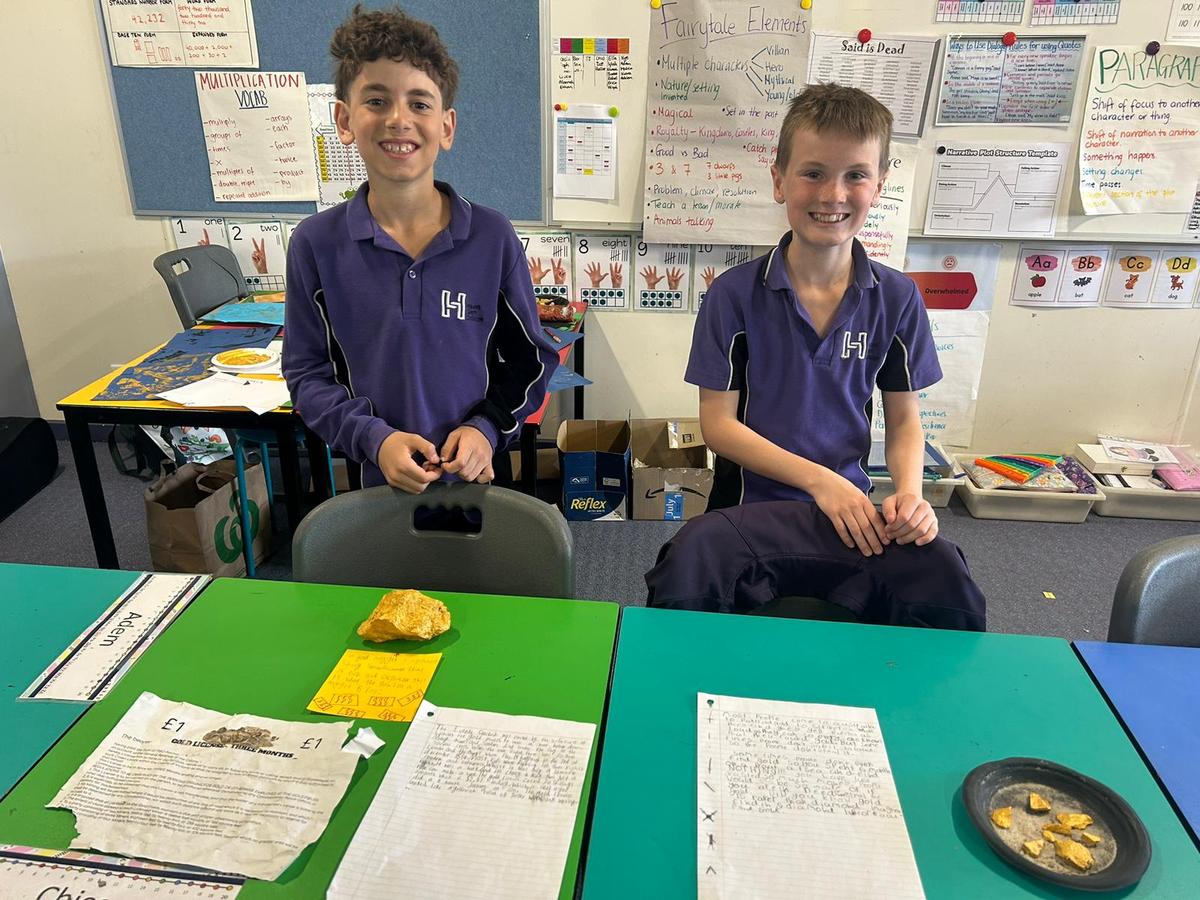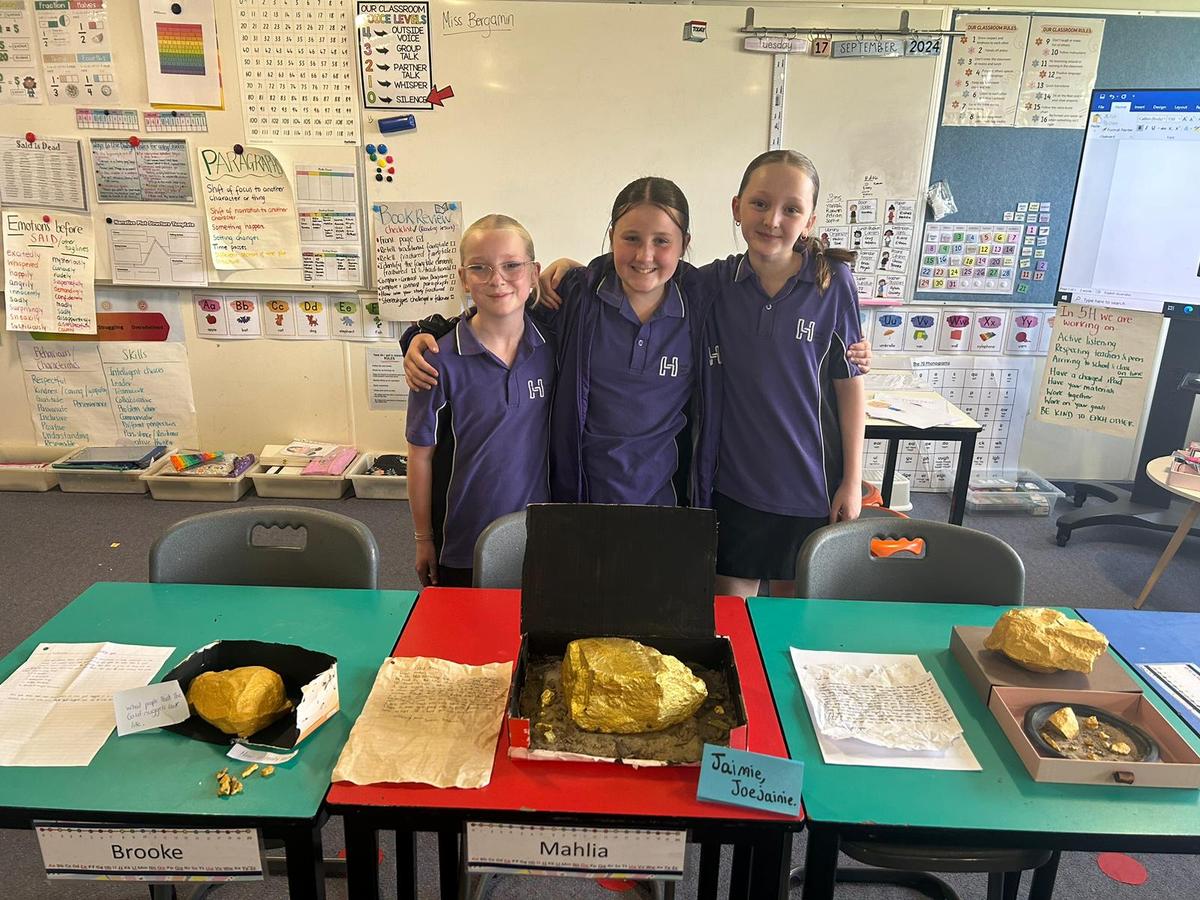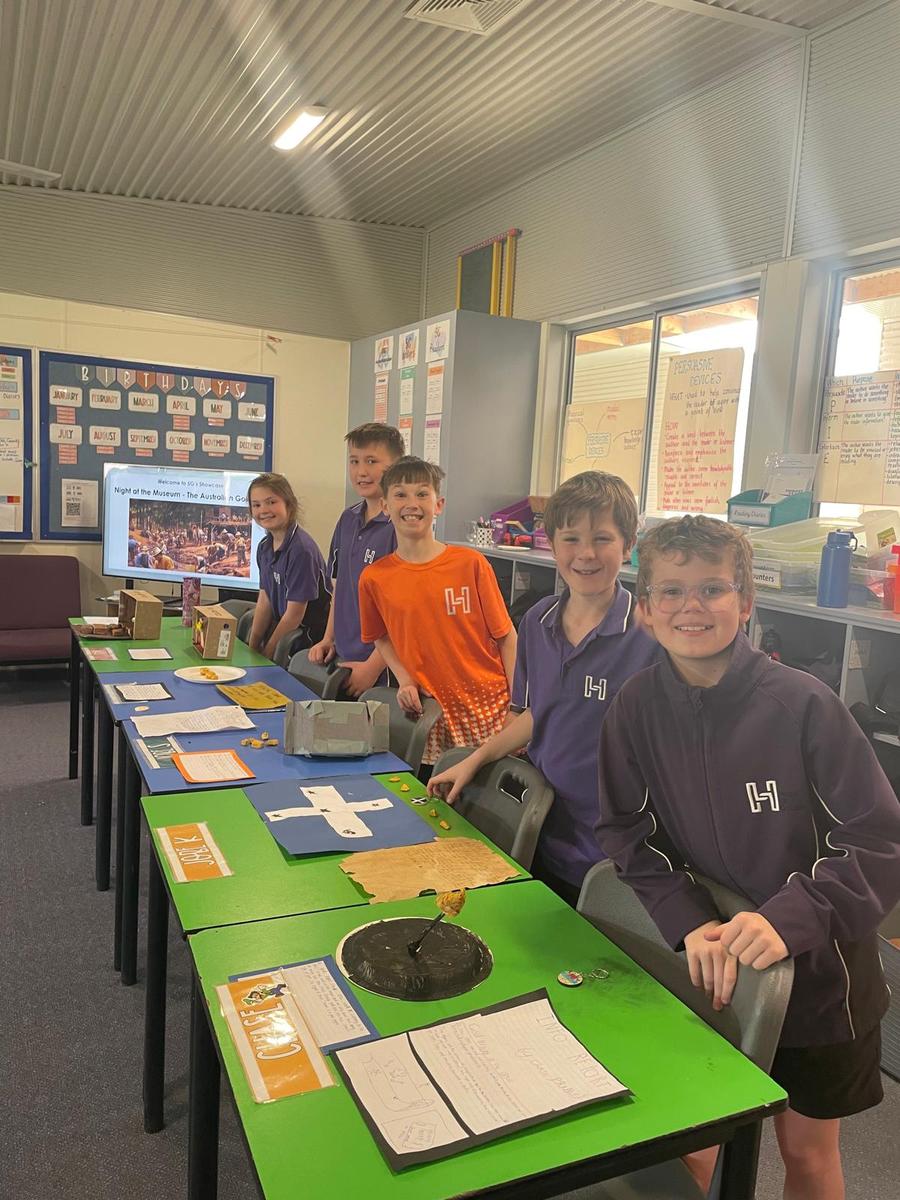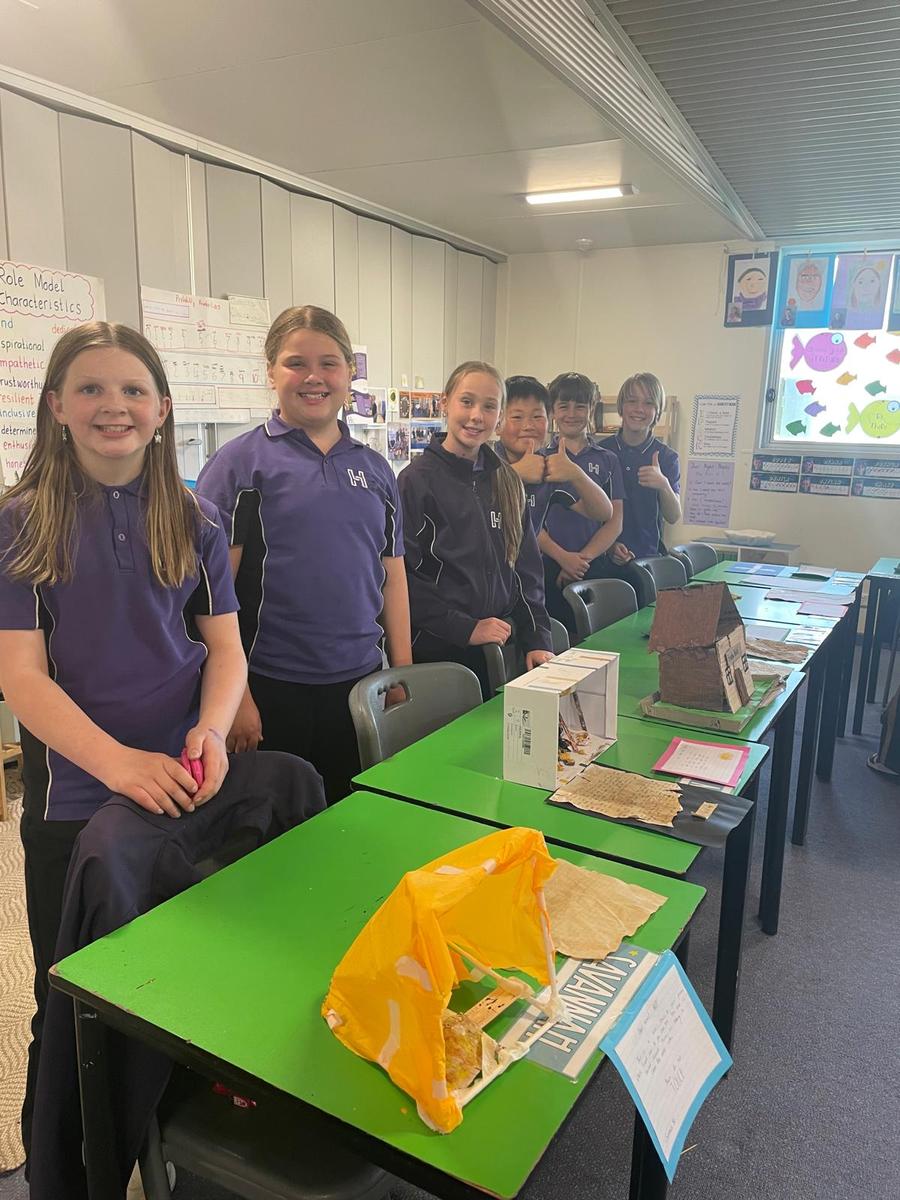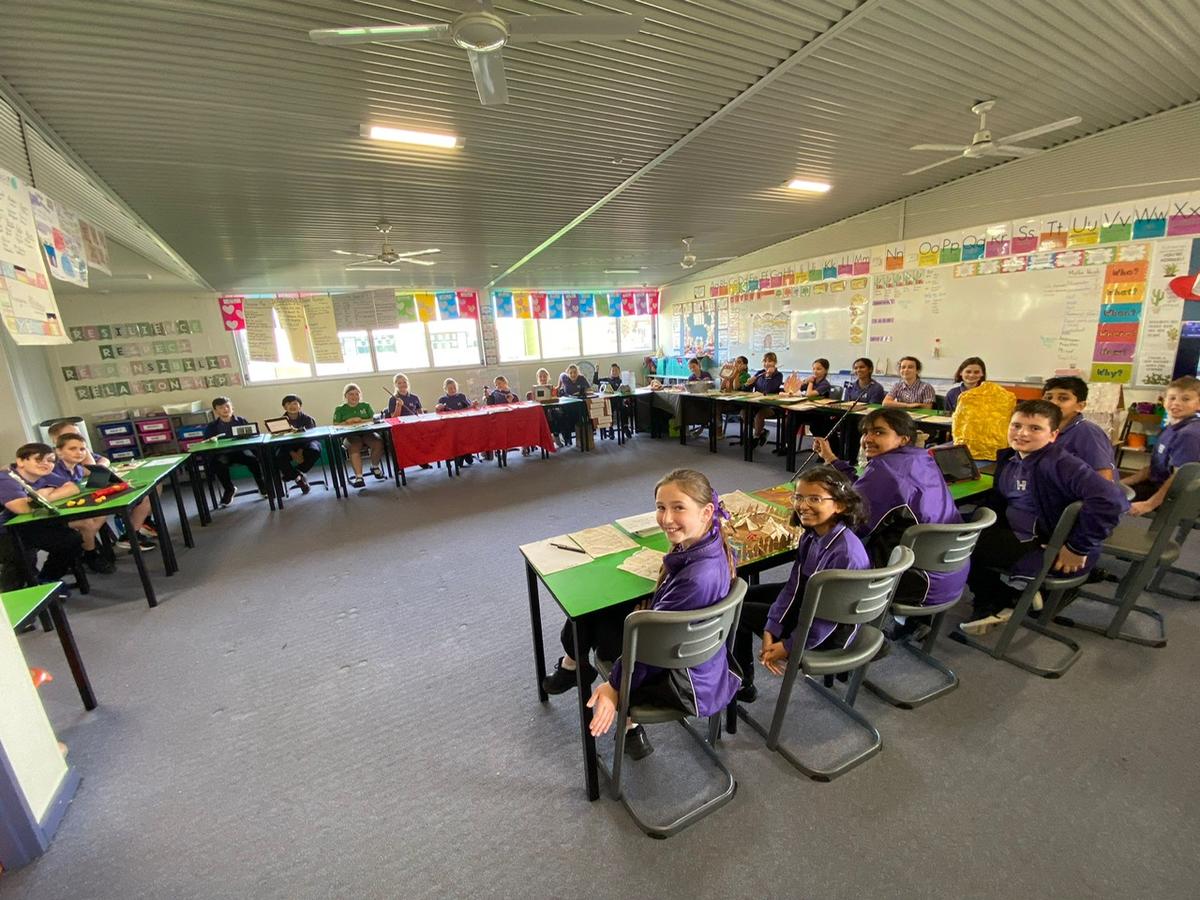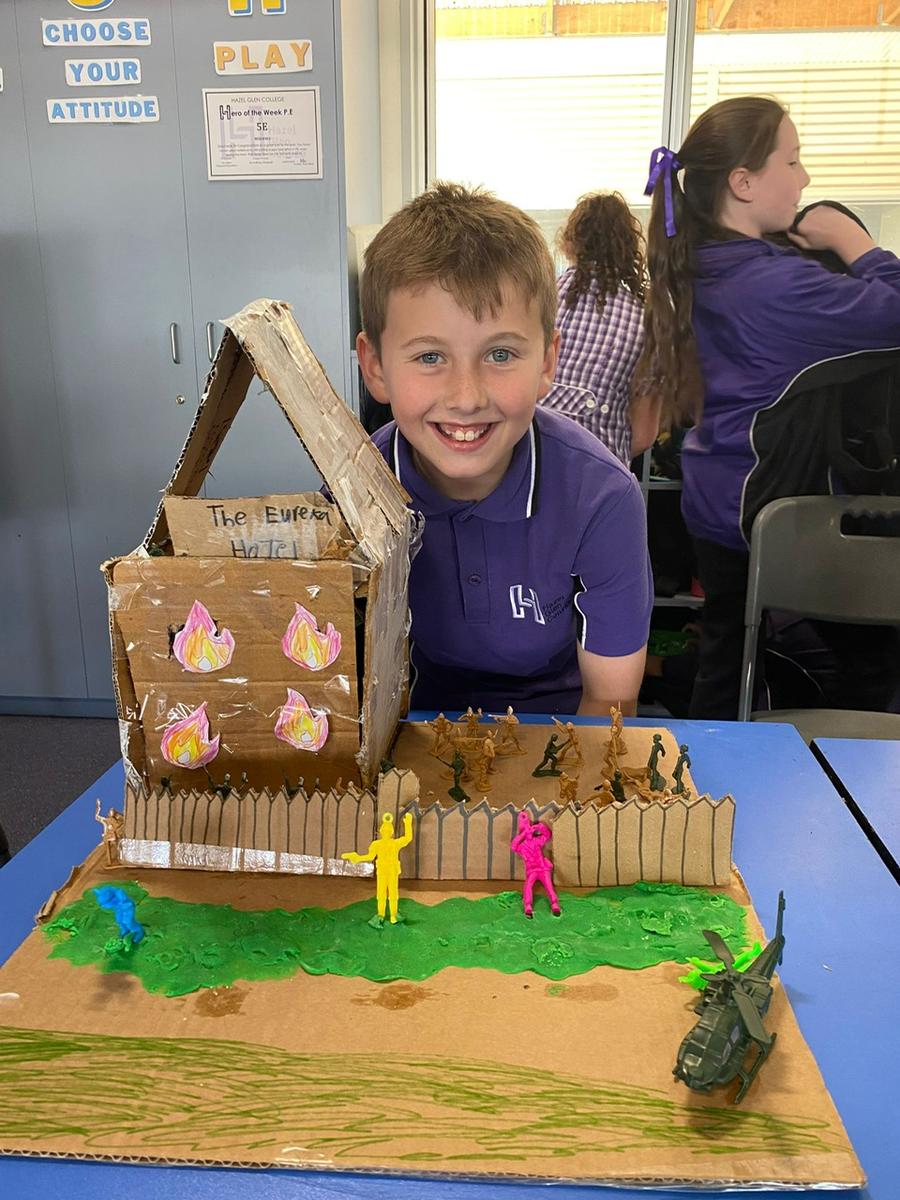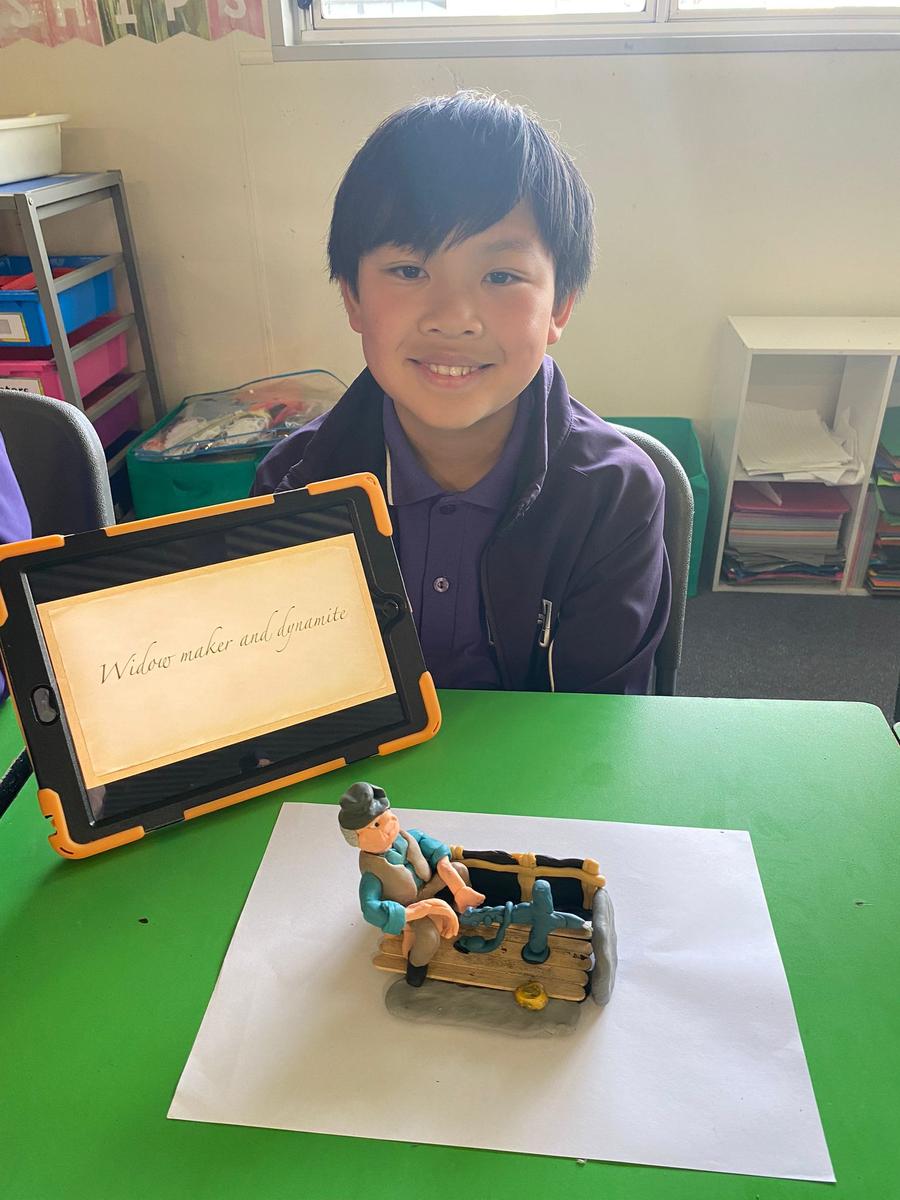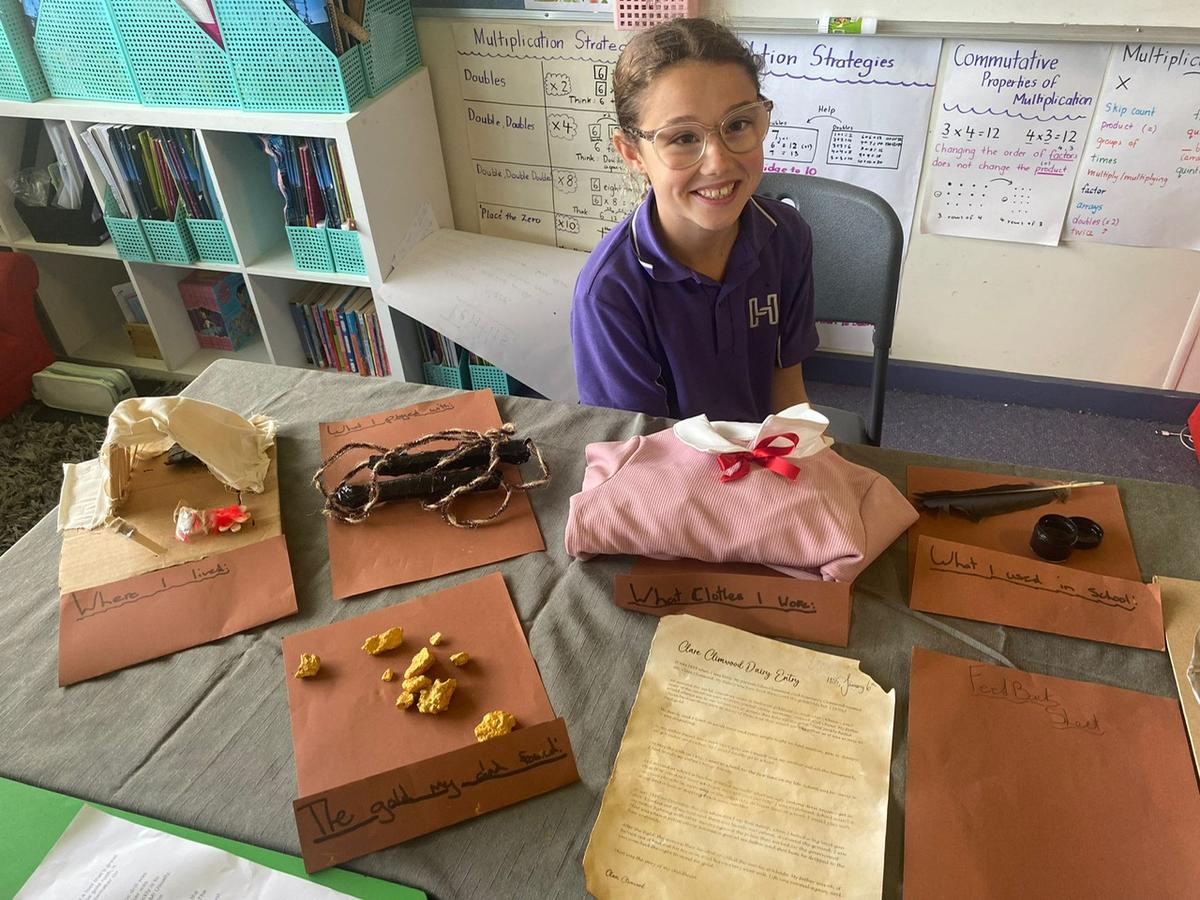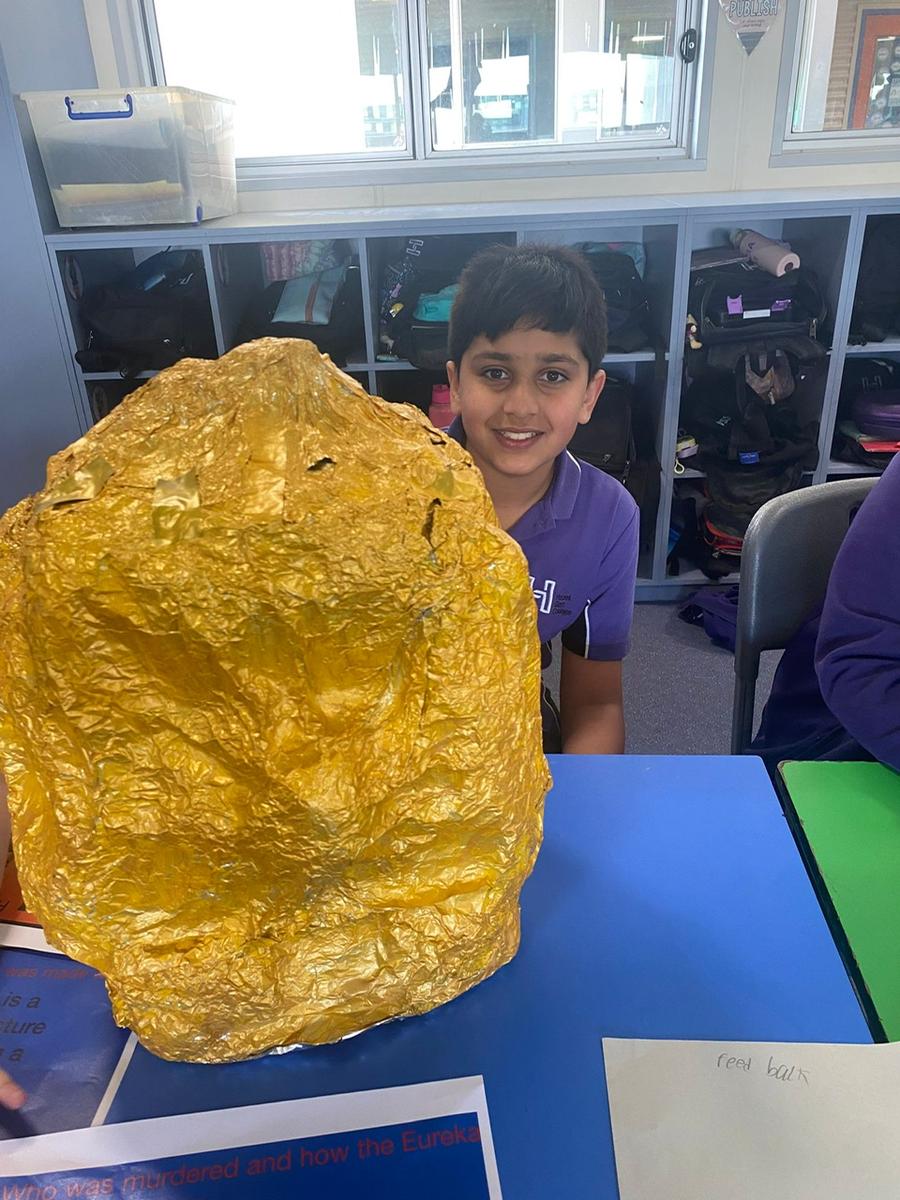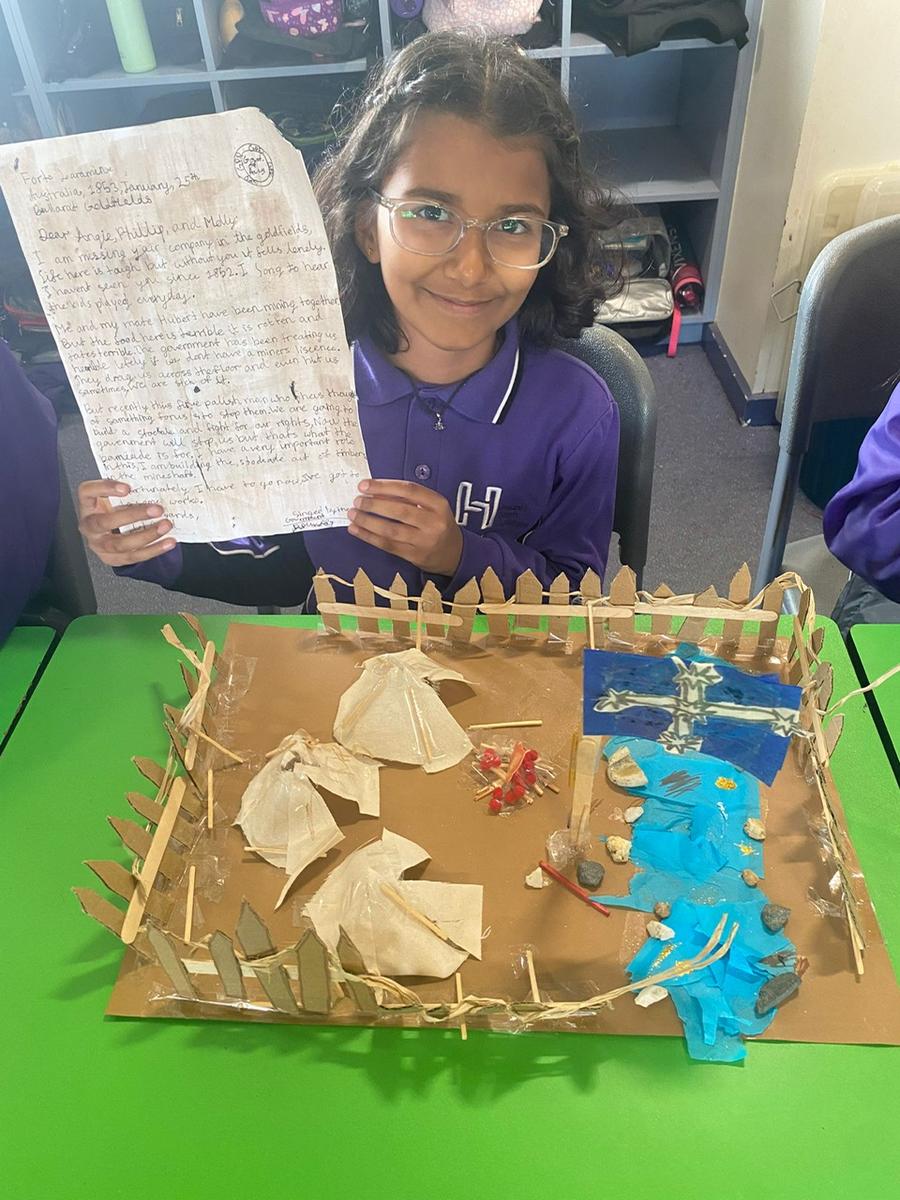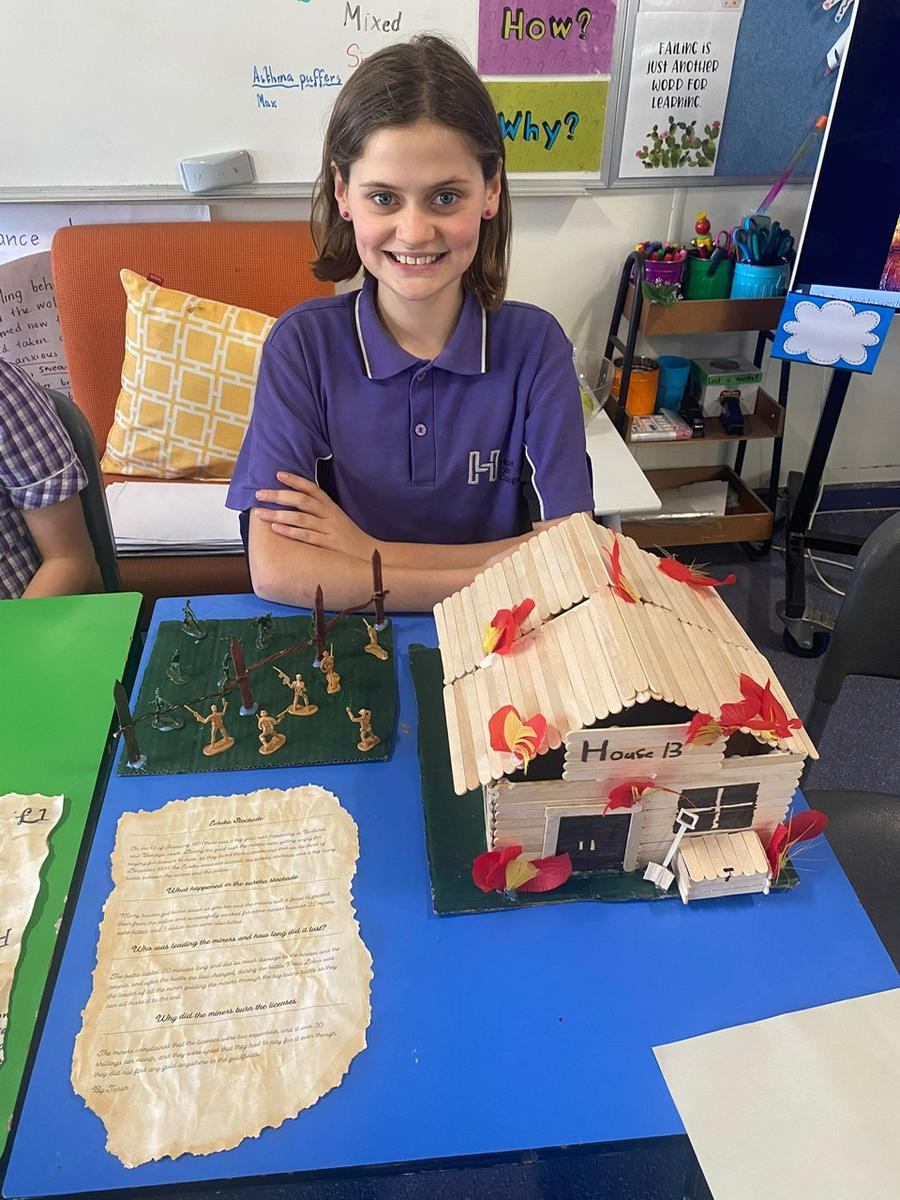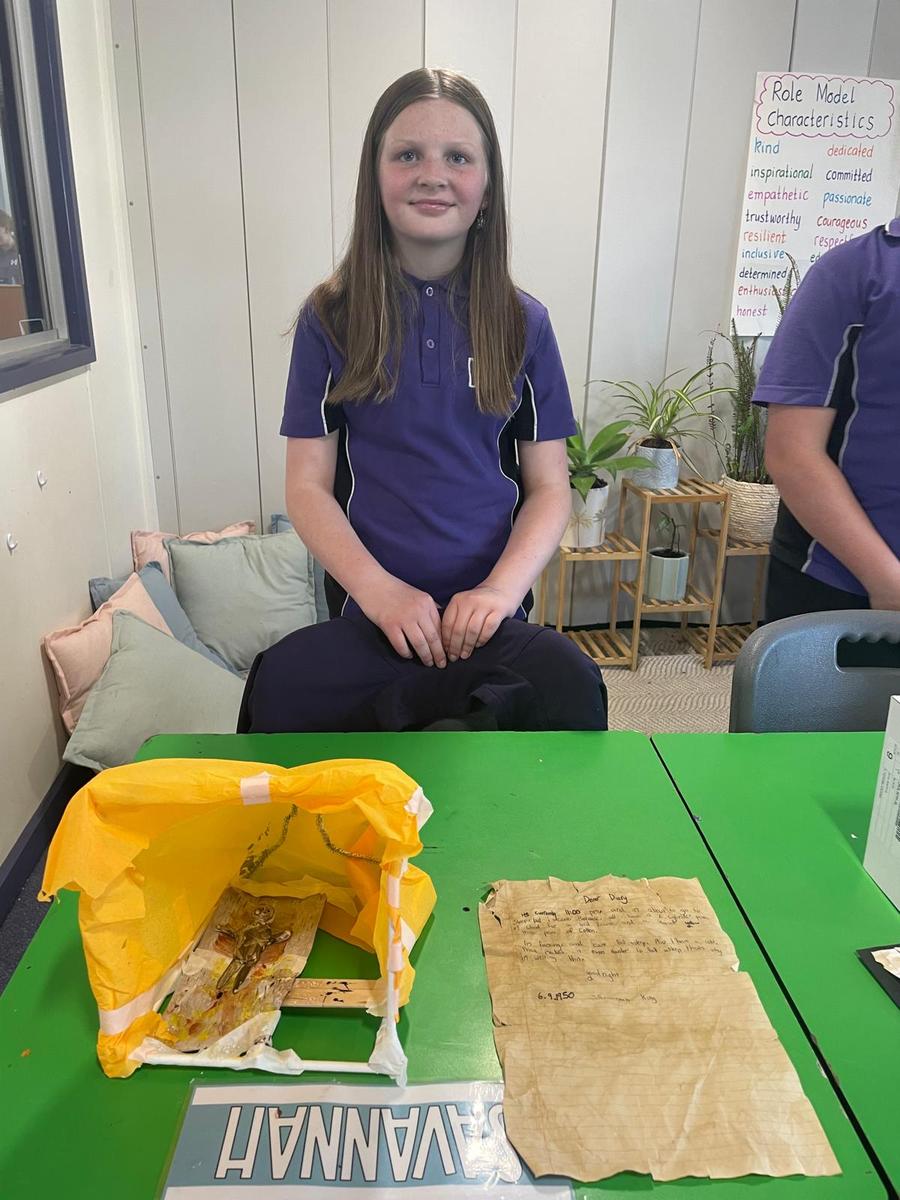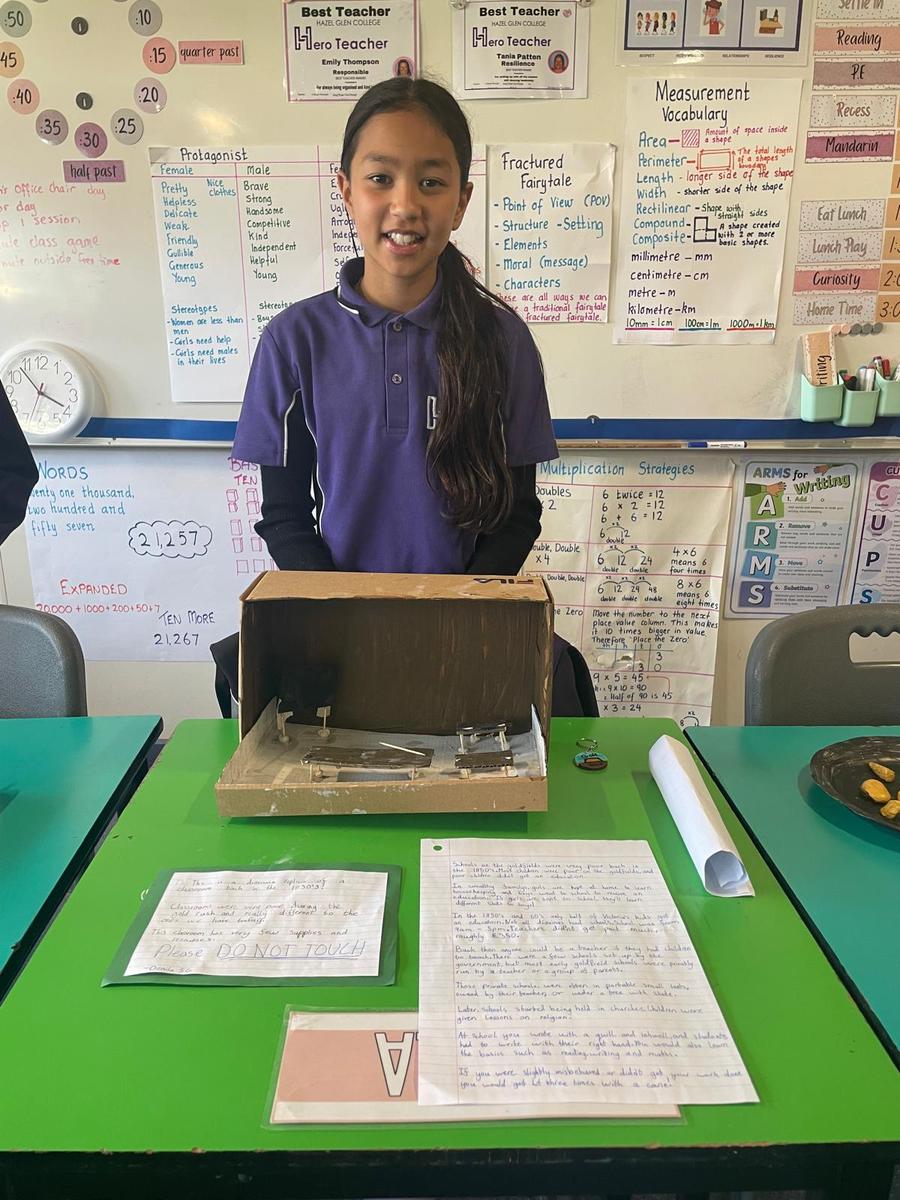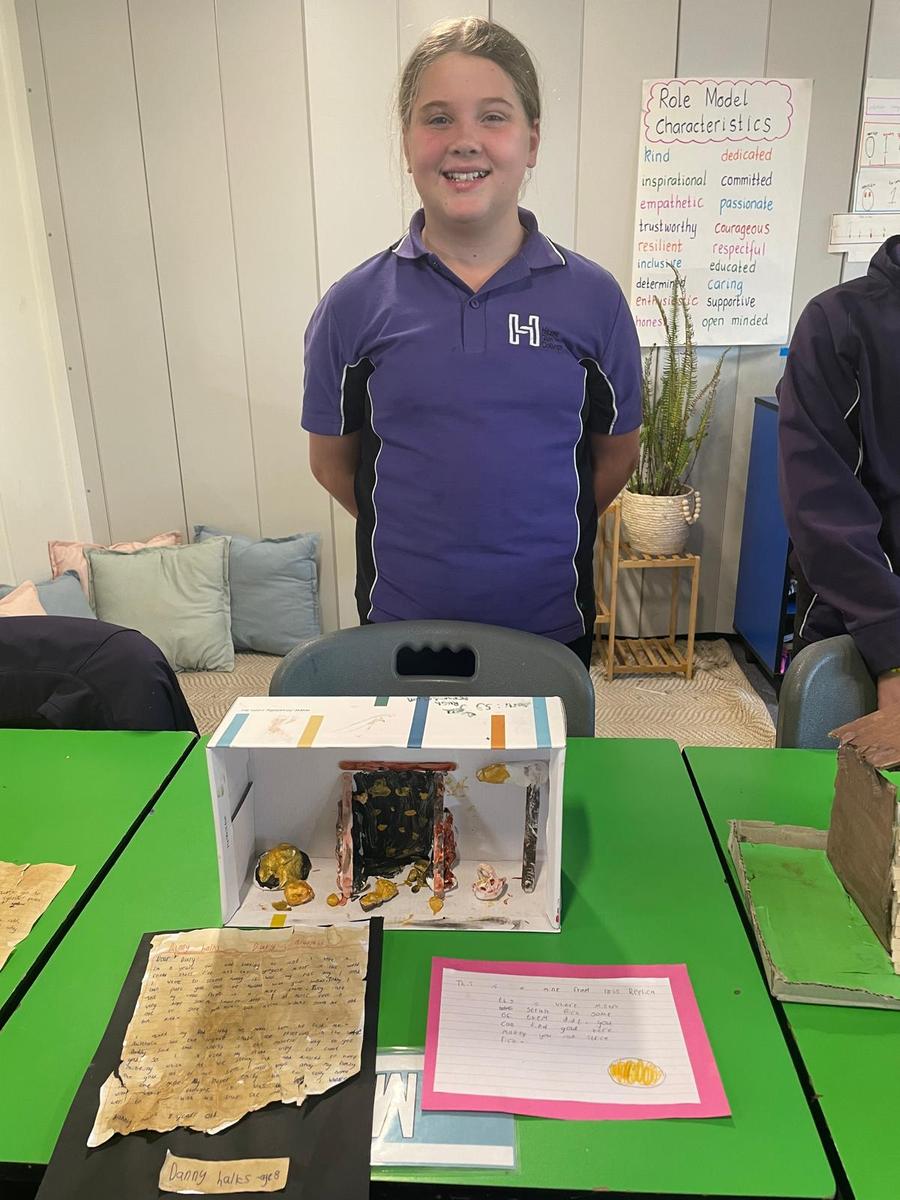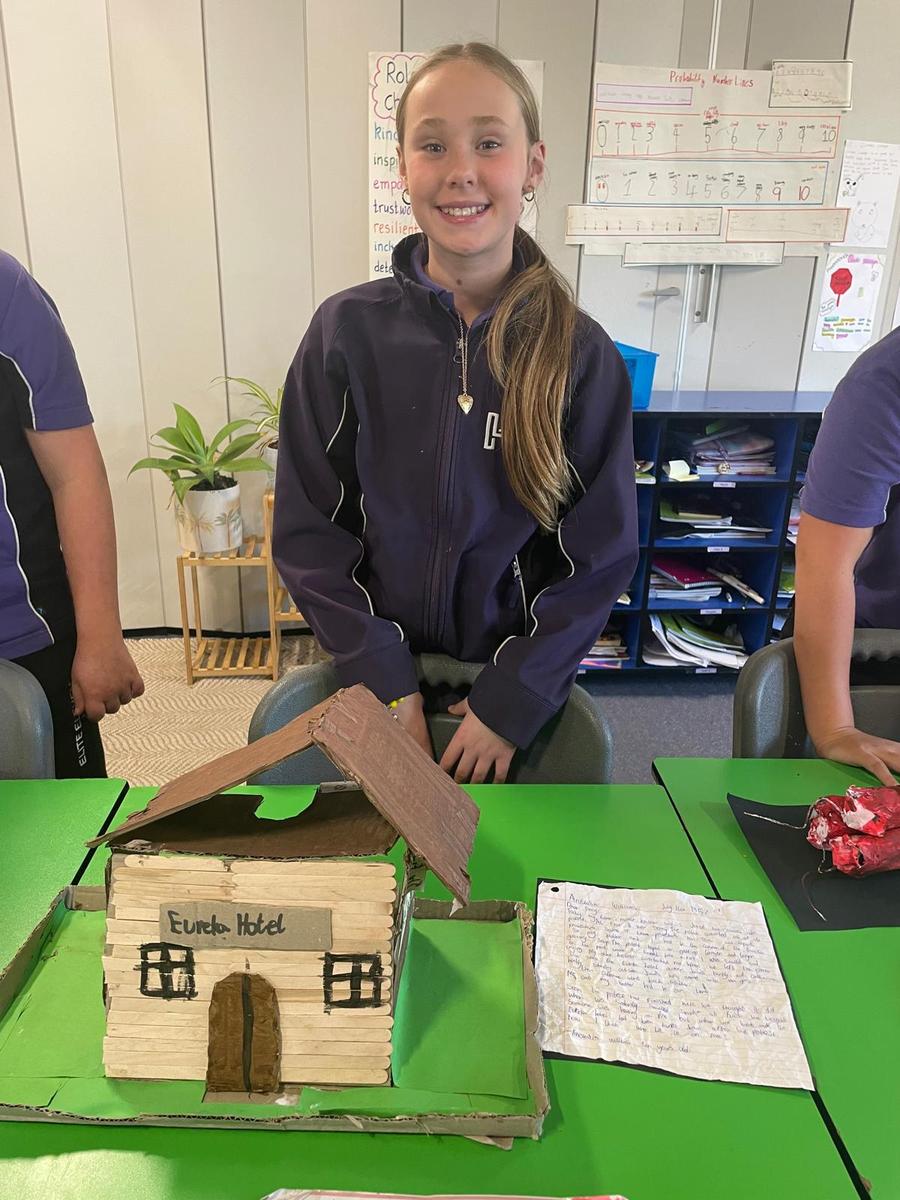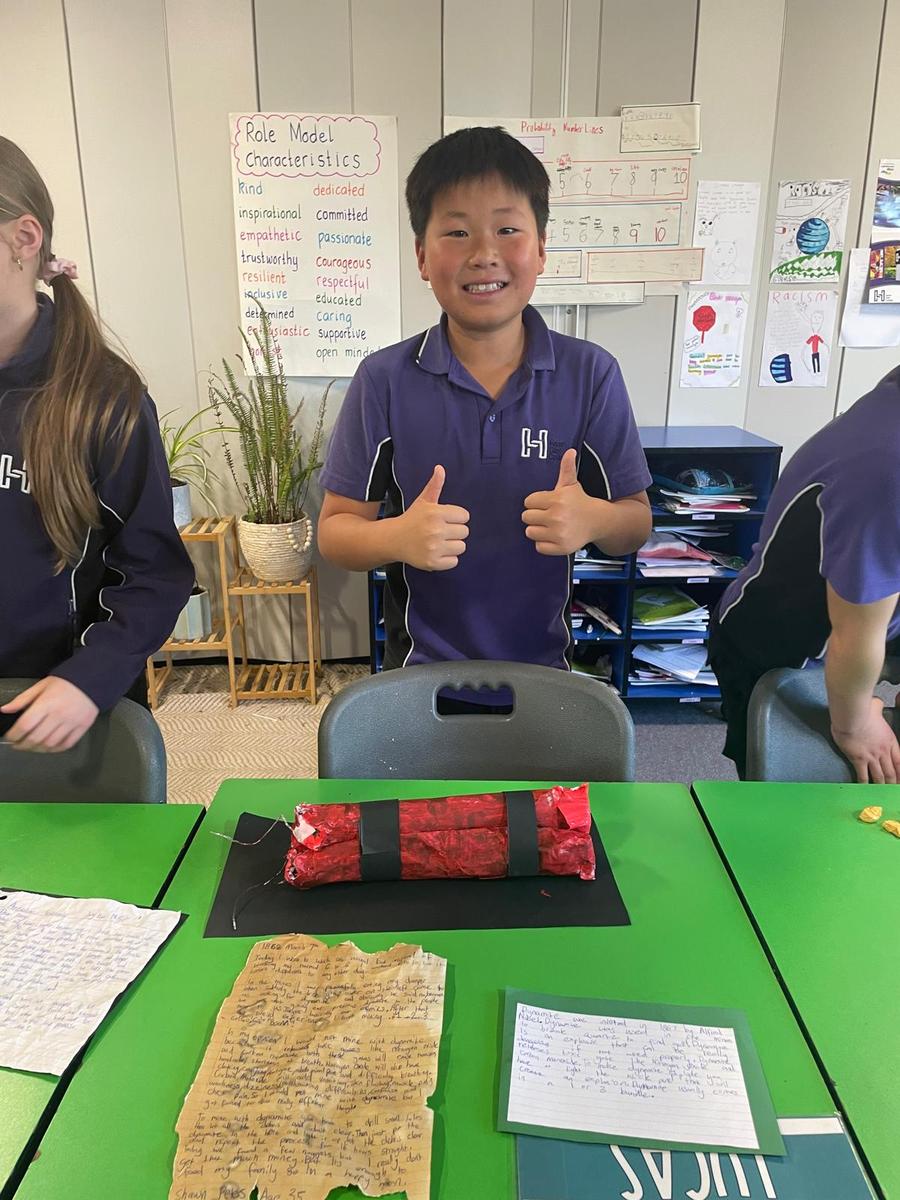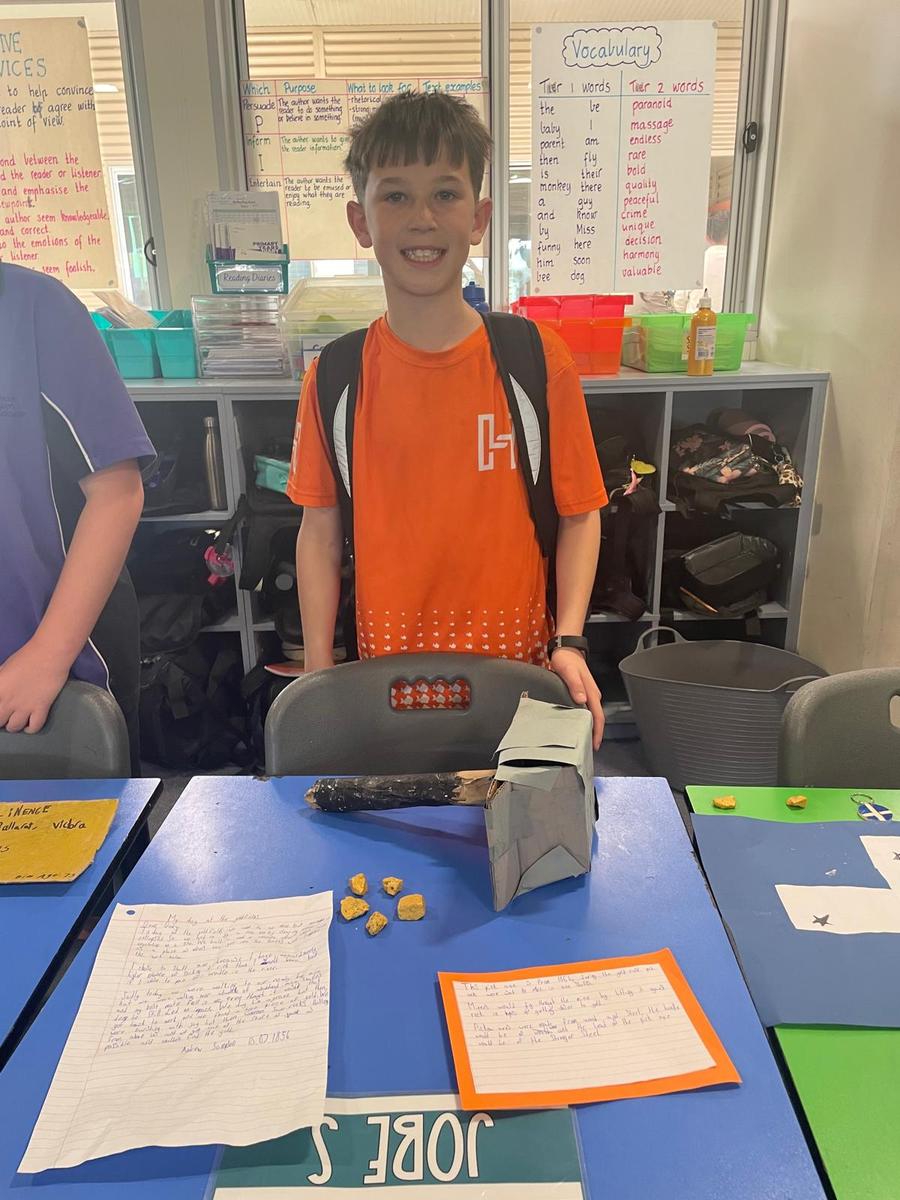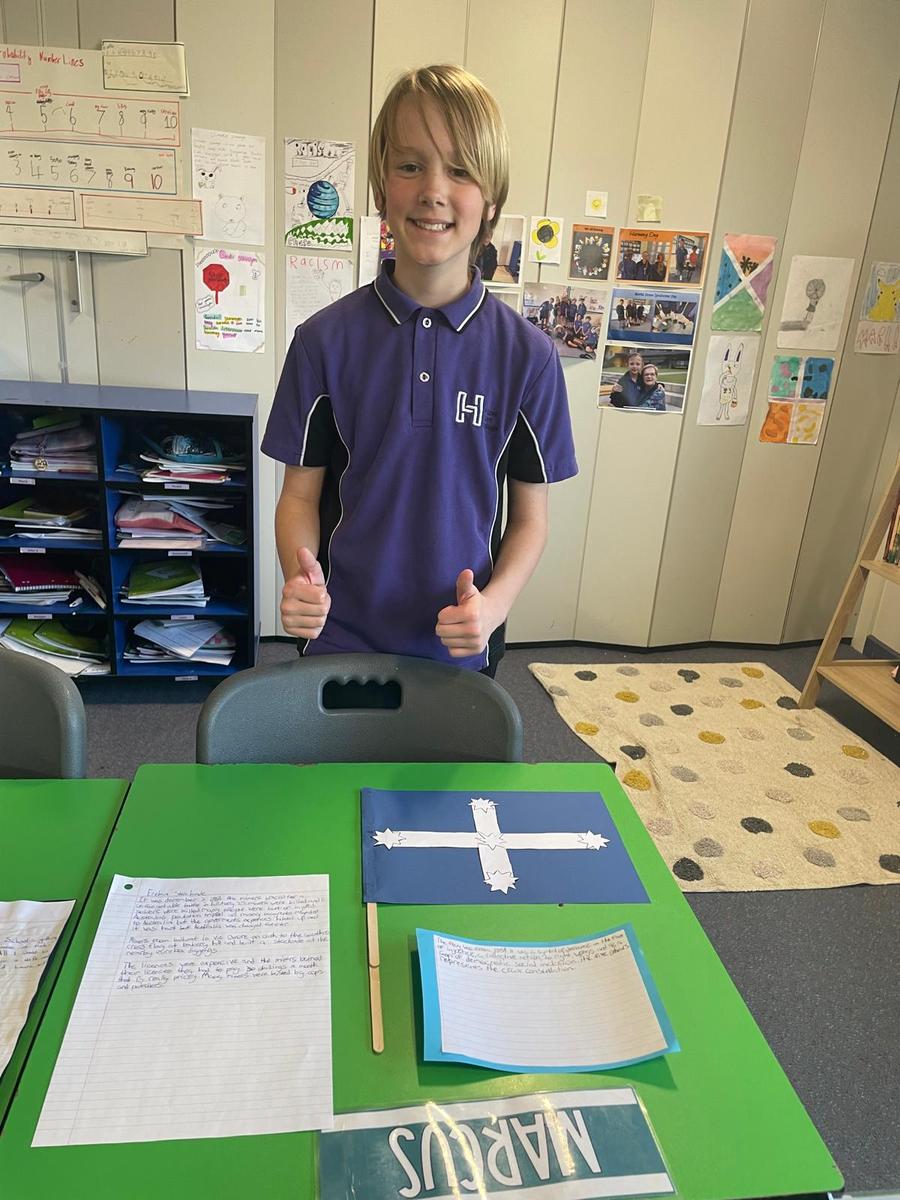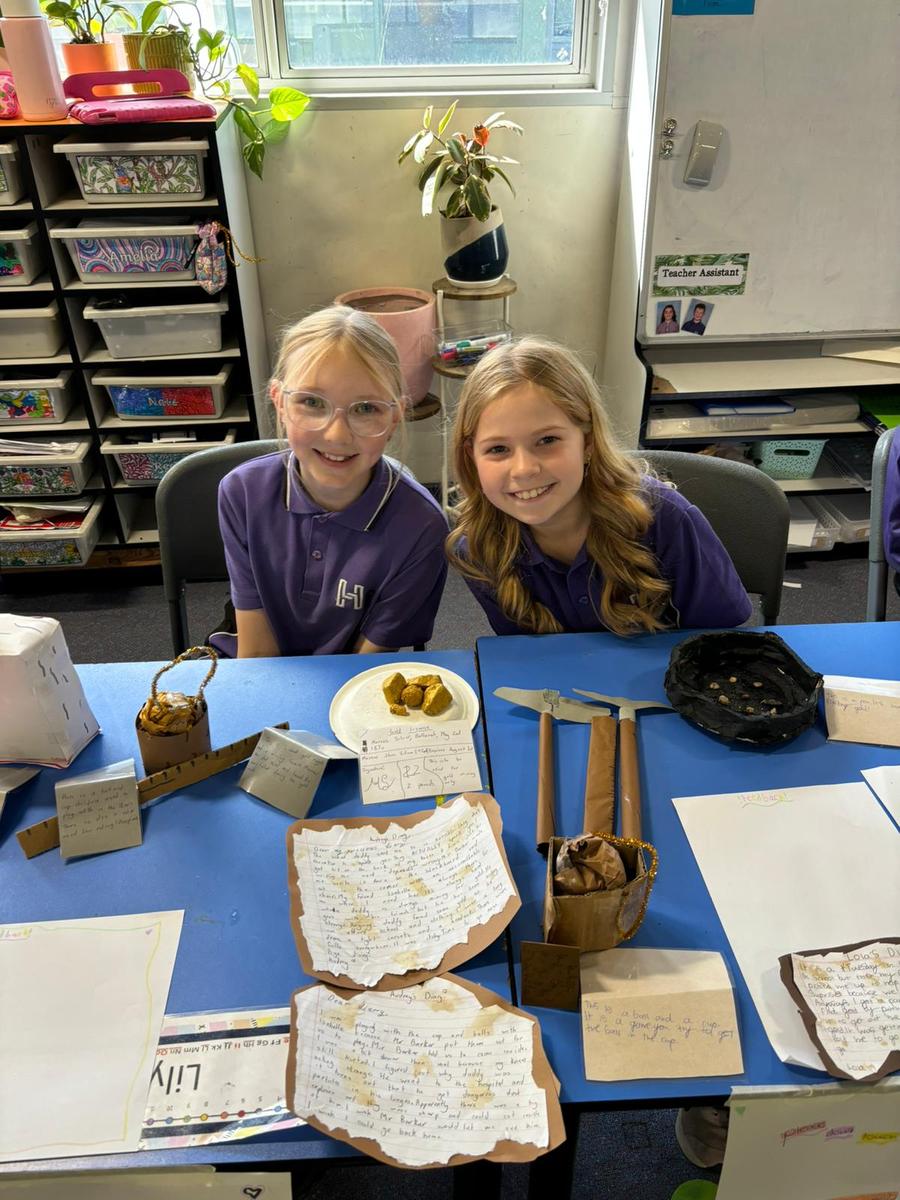In Our Classrooms
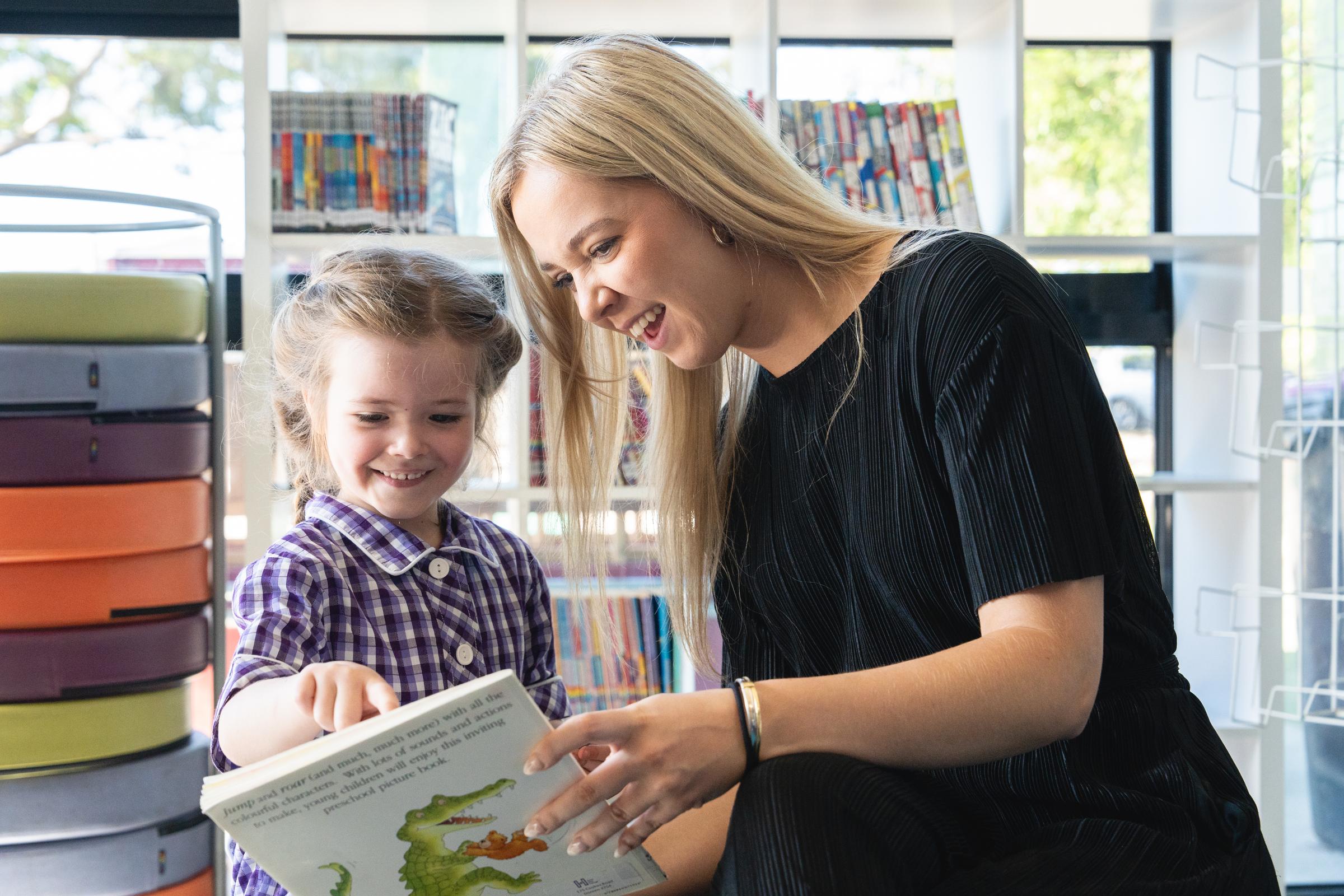
YEAR 4 CURIOSITY EXPO
On Monday, our Year 4 students shared their Curiosity projects with their families at the Curiosity Expo. This Term, students learned about the Earth and its surface, climate, orbit and atmosphere. They chose a topic that they had further wonderings about and investigated and researched to create an artefact. A huge amount of work went into the projects both at school and at home and the Year 4 teachers are proud of the students' efforts. Thank you to all the families that attended and celebrated all the amazing learning and effort.
YEAR 3 CAMP
Last week, the Year 3 students went on camp at Phillip Island Adventure Resort. Being these students' first-ever camp away from home and school, there was a lot of excitement as you could imagine!
This is a camp Hazel Glen College has attended for a number of years. It offers an exciting and educational experience for students. Over the three days, students participated in a range of outdoor activities that promoted teamwork, resilience, and independence. Set in the beautiful natural environment of Phillip Island, particular highlights included experiences such as a walk along Smiths Beach, canoeing, and the giant swing, encouraging students to build new skills, make lasting friendships, and develop a sense of responsibility.
YEAR 1 CURIOSITY EXPO
In Curiosity, students completed a science unit, 'Science is all Around Us'. To spark students' curiosity, they attended a hands on Science incursion where they participated in a range of activities, exploring how light and sound are produced, transmitted and sensed.
During the term, students learned about using their five senses and how to use these to make predictions and observations. They participated in a number of hands-on activities, exploring similarities and differences between light and sound and then applying their knowledge to plan and create their own musical instrument.
YEAR 5 CURIOSITY EXPO - NIGHT AT THE MUSEUM
Our recent Year 5 'Night at the Museum' open session was a tremendous success, immersing students and visitors in the rich history of the Australian Goldfields. As part of their Curiosity Project in history, our students transformed the classroom into a vibrant museum, exploring various aspects of life during the 1850s gold rush. Through interactive displays and hands-on activities, they brought to life the excitement, challenges, and diverse experiences of this significant era in Australia's past. The exhibits covered a wide range of themes, from education and the Eureka Stockade to migration and the environmental impact of gold mining. Here’s a closer look at what our young historians shared with us during this enlightening event.
Education: One of the standout themes was education during the Goldfields era. Students explored what schooling was like for children in the 1850s, offering a glimpse into the strict discipline, simple classrooms, and limited resources of the time. Education was often rudimentary, with lessons focused on basic literacy and arithmetic. Some students recreated historical classroom settings, complete with chalkboards and traditional slates, to give visitors a hands-on experience of what it was like to learn in such conditions. This exploration helped highlight the challenges and resilience of children who sought knowledge amidst the hardships of the goldfields.
Eureka Stockade: The Eureka Stockade was a central focus of the exhibition, showcasing its importance as a significant event in Australia's history. The students recreated this historic rebellion, explaining how it became a turning point in the struggle for miners' rights and democratic principles. They presented the causes of the uprising, such as the miners' frustrations over license fees and lack of representation, and the resulting clash with authorities. Through vivid storytelling and interactive displays, visitors were able to grasp the profound impact the Eureka Stockade had on shaping Australia's identity and its fight for fairness and equality.
Migration: Migration was another key theme, with a special focus on the diverse groups that flocked to the goldfields in search of fortune. Among these were the Chinese, who played a significant role in the gold rush. Students examined the experiences of Chinese miners, including the discrimination and challenges they faced, as well as their contributions to the cultural fabric of the time. This theme highlighted the gold rush as a period of significant cultural exchange and tension, demonstrating how it laid the foundation for Australia’s multicultural society.
Environmental Impact: The exhibition also delved into the environmental impact of gold mining in the 1850s. Students illustrated how the quest for gold led to significant alterations in the landscape, including deforestation, river pollution, and soil erosion. Mining techniques like hydraulic sluicing caused massive damage to waterways and surrounding habitats. This part of the exhibit aimed to provide visitors with an understanding of the ecological consequences of the gold rush, emphasizing the lasting effects on the Australian environment.
First Nations Perspectives: First Nations perspectives were crucial to understanding the full impact of the gold rush. The students presented how the arrival of miners disrupted the land and the traditional lifestyles of First Nations communities. They explored the loss of native land, the disruption of sacred sites, and the impact on local food sources and water quality. By incorporating First Nations voices and viewpoints, the exhibit offered a more comprehensive narrative of this period, acknowledging the complexities and long-term effects on Australia's first peoples.
Food and Clothing: The exhibit on food and clothing during the gold rush era gave visitors a sense of the daily life of the diggings. Students showcased the basic and often scarce diet of the miners, which primarily consisted of damper, mutton, and tea. They also explored how miners adapted to the harsh conditions, with clothing that was practical and durable, such as woollen garments, wide-brimmed hats, and sturdy boots. This display helped visitors understand the resourcefulness and adaptability required to survive in the goldfields.
Women and Children: Women and children played essential yet often overlooked roles in the goldfields. The students highlighted the experiences of women, who not only supported their families but also contributed to the community as shopkeepers, teachers, and even miners. The exhibit also detailed the lives of children, who, when not helping with chores or mining activities, found ways to entertain themselves with simple games. This focus provided a more inclusive picture of life on the goldfields, showing that the quest for gold was not just a man's world but involved the whole family.
Housing: Lastly, the exhibition explored the housing conditions on the goldfields, which were typically makeshift and rudimentary. Miners and their families often lived in tents or basic huts constructed from available materials like canvas, wood, and bark. These dwellings offered little protection against the elements, making life difficult, especially during extreme weather. Students recreated these living conditions, offering visitors a chance to step inside a replica miner's hut, gaining insight into the harsh realities of daily life during the gold rush.

